|
|
|
|
Shau Kei Wan evolved from a fishing village thanks to its typhoon shelter. Today, it is a residential district with many local restaurants and temples to popular fishermen deities.

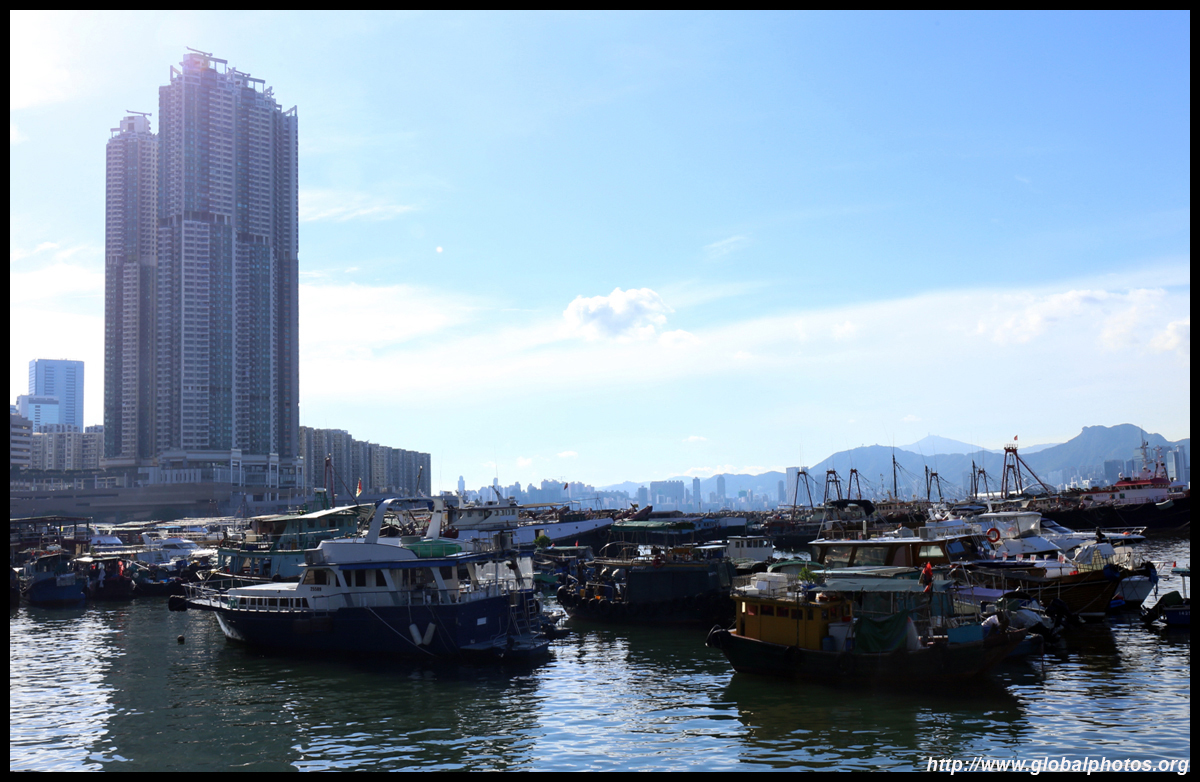
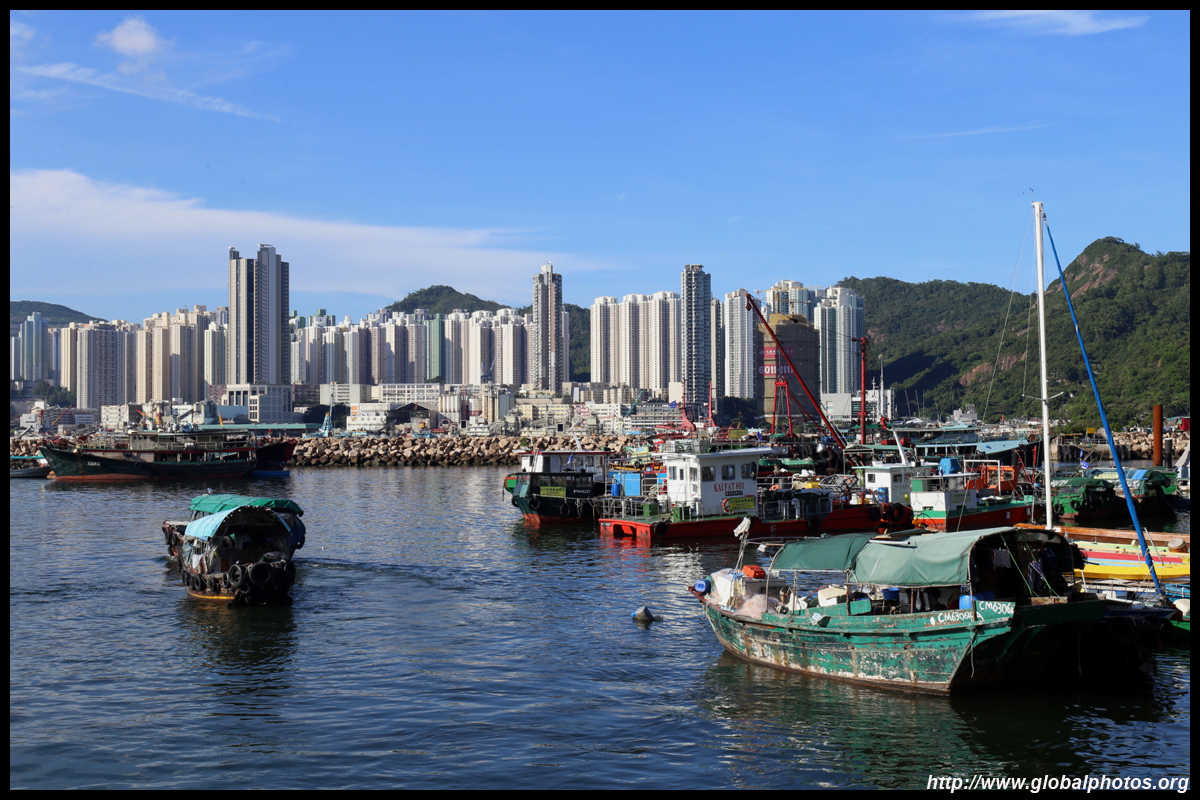
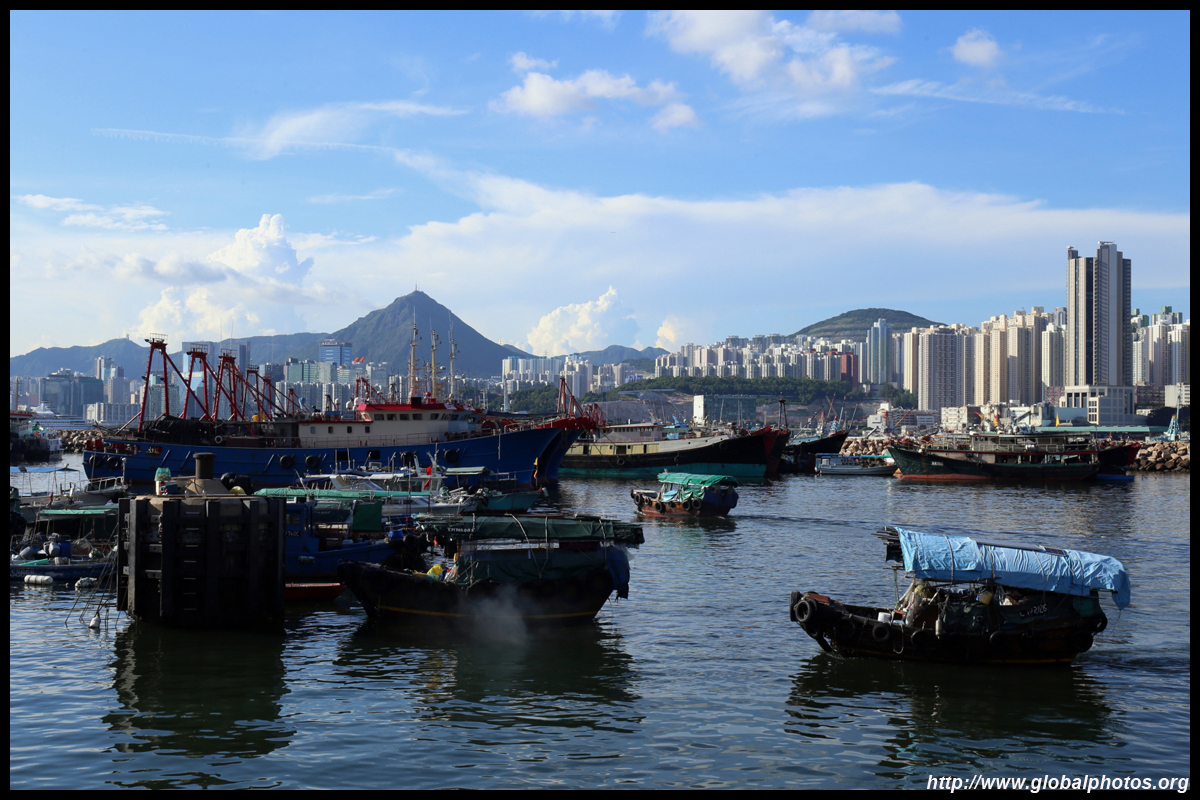
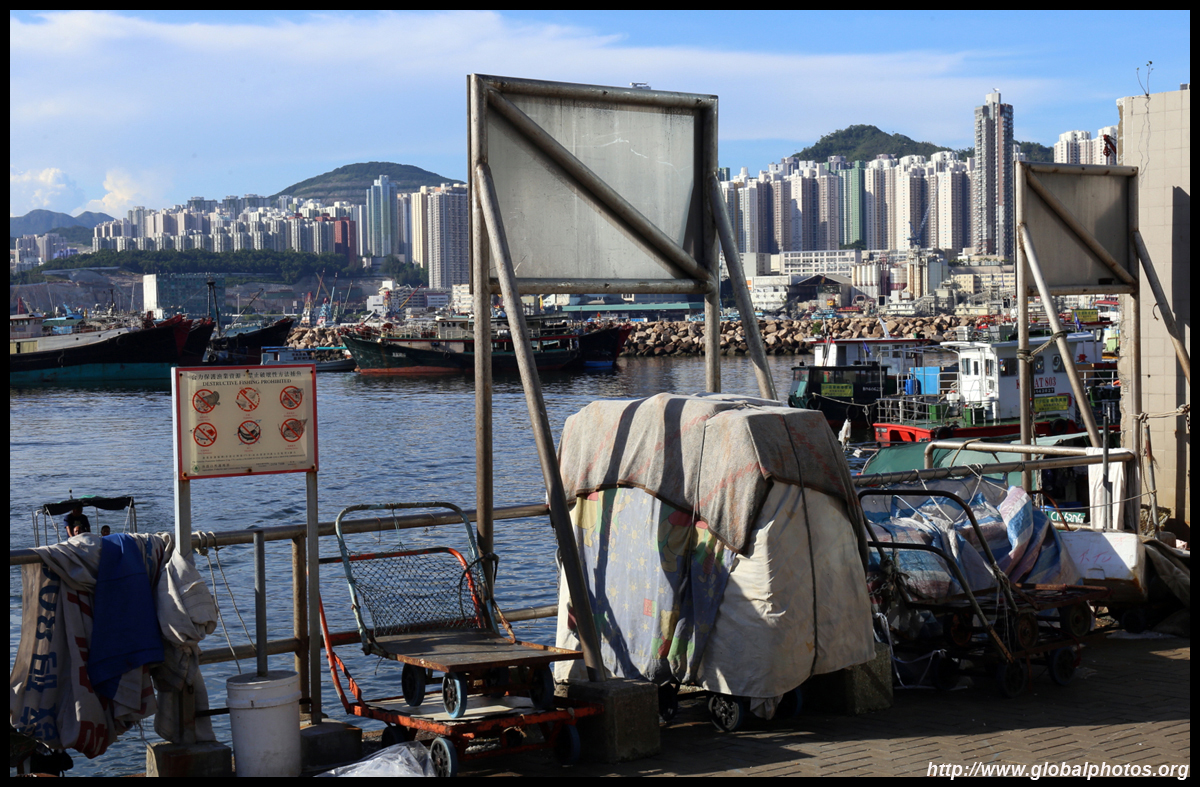
|

|

|

|

|

|

|

|

|
Located just next to the typhoon shelter, Tam Kung Temple is dedicated to a uniquely Hong Kong fishermen deity and is over 100 years old. Tam Kung's origins go back to the Yuan Dynasty. He was believed to have possessed supernatural powers to predict and command the weather.
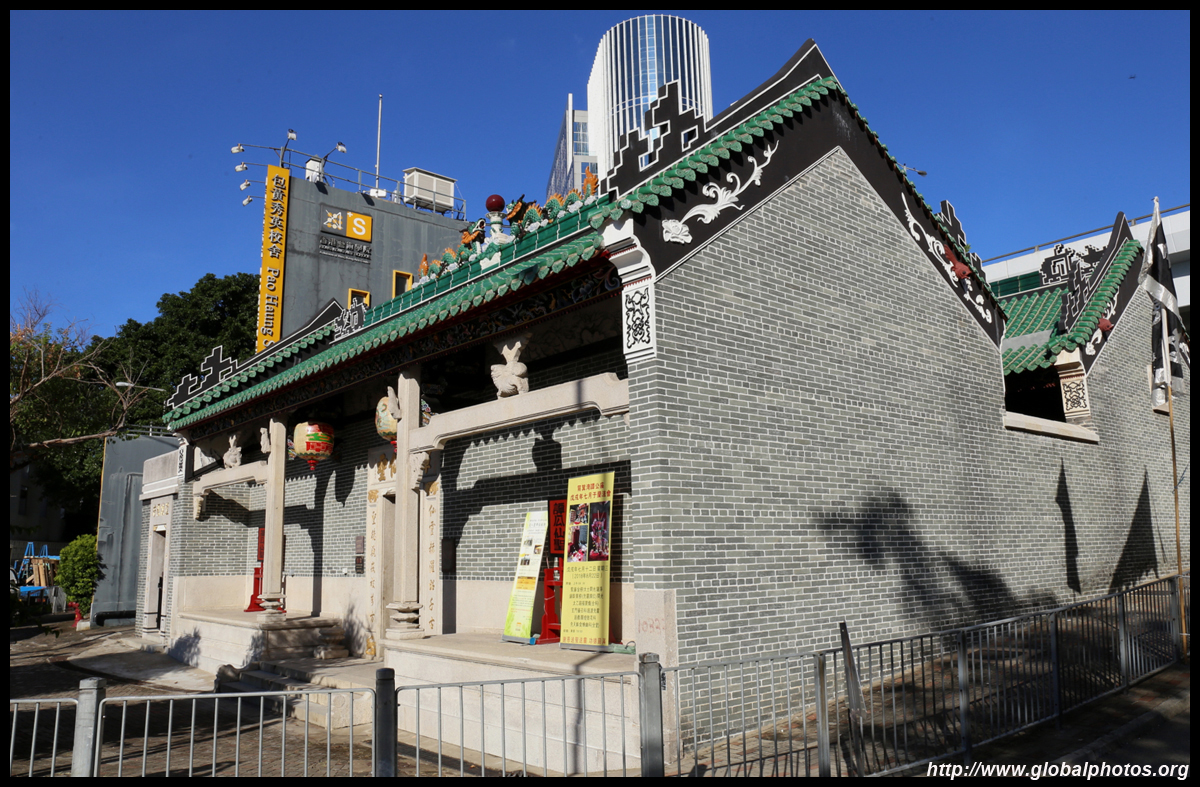
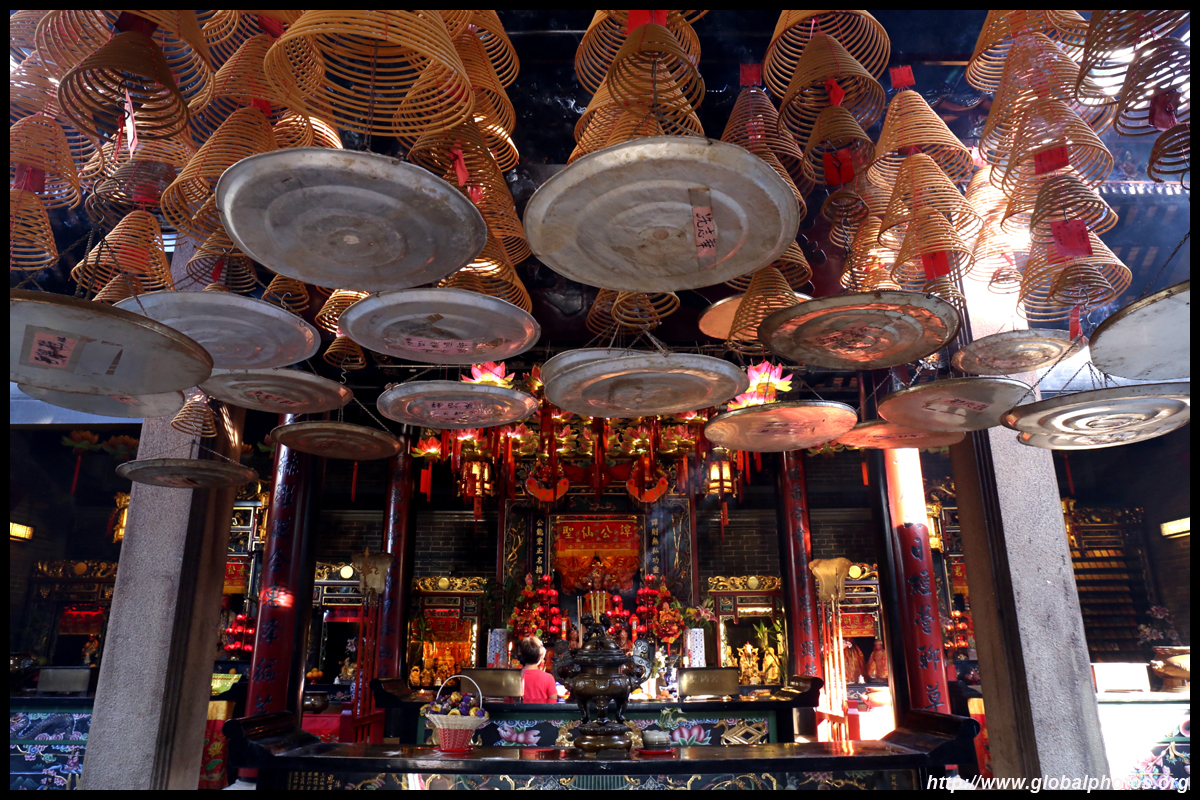
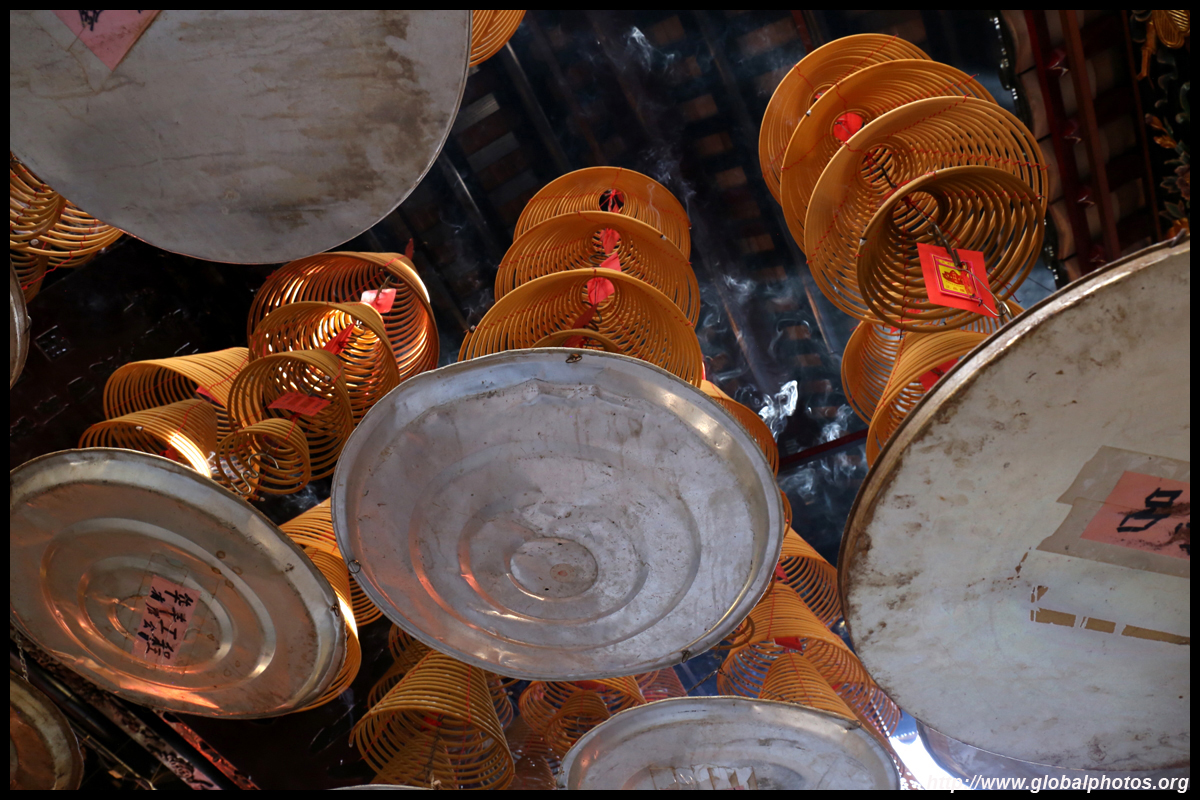
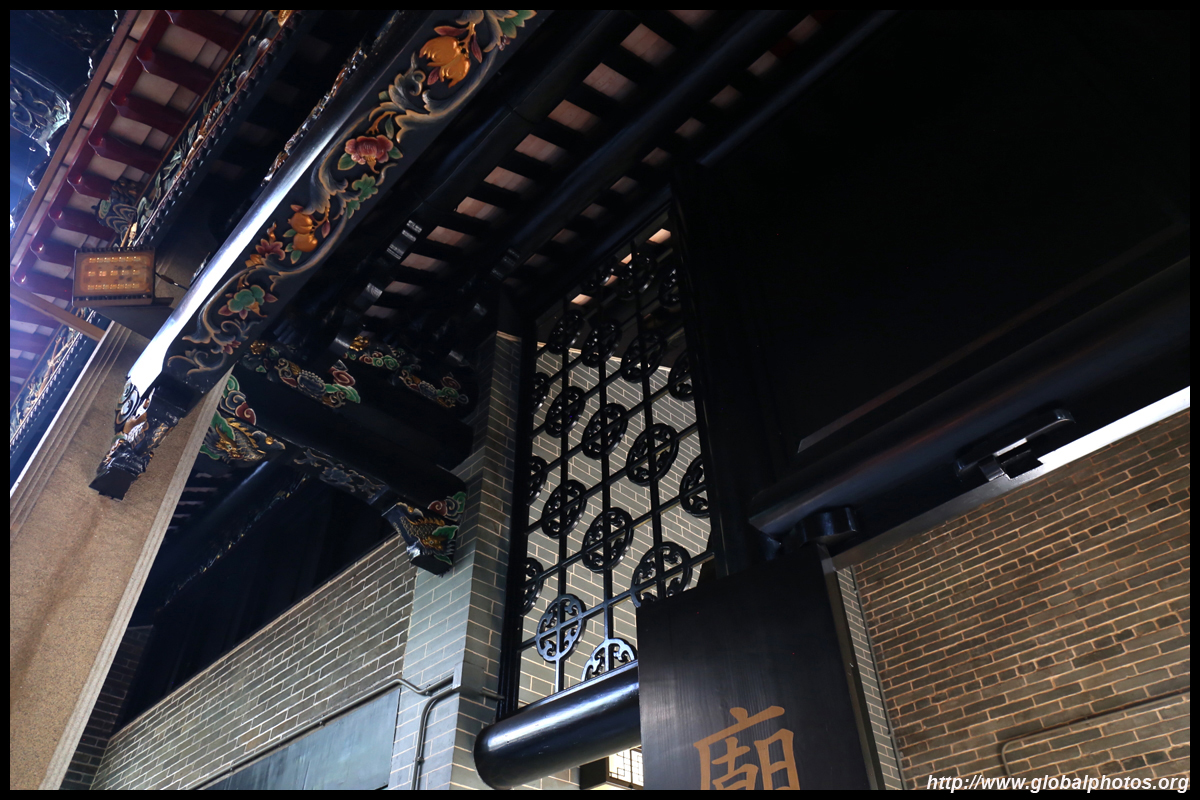
|

|

|

|

|

|

|

|

|

|

|

|

|

|

|

|

|
Main Street East is full of local restaurants and remain relatively free from chain stores.
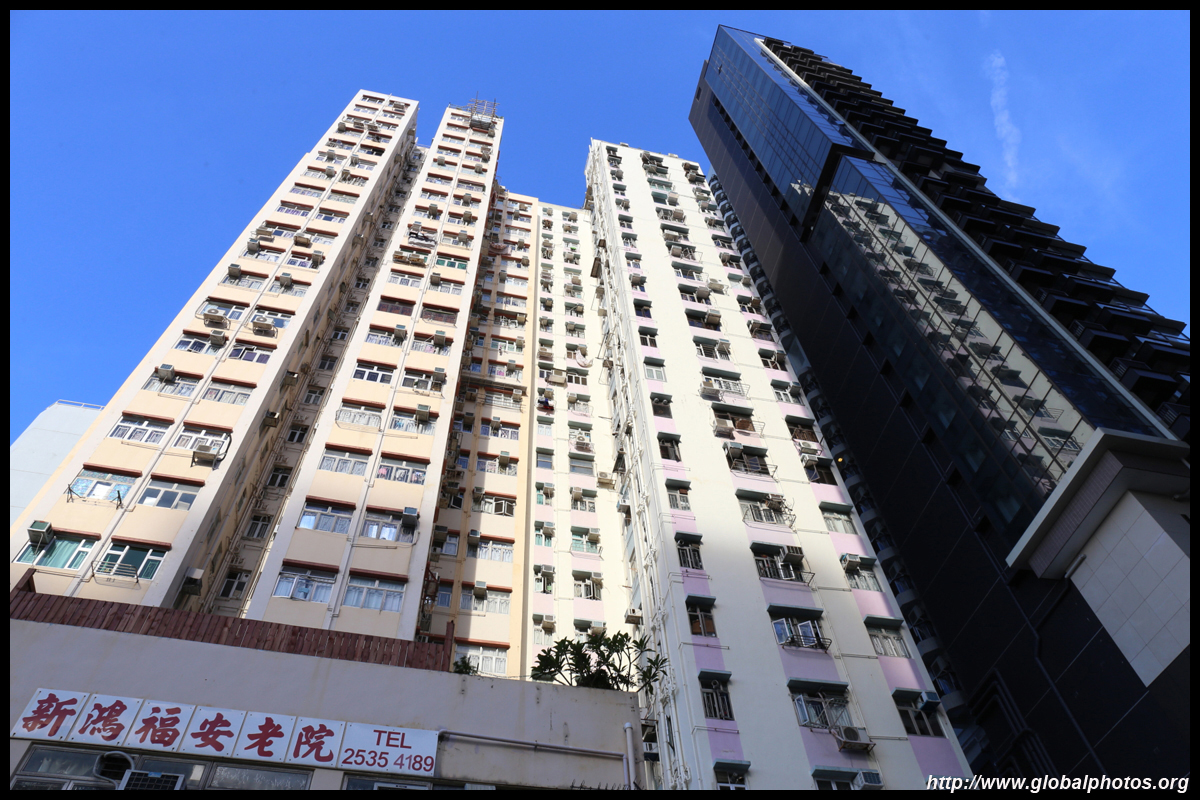
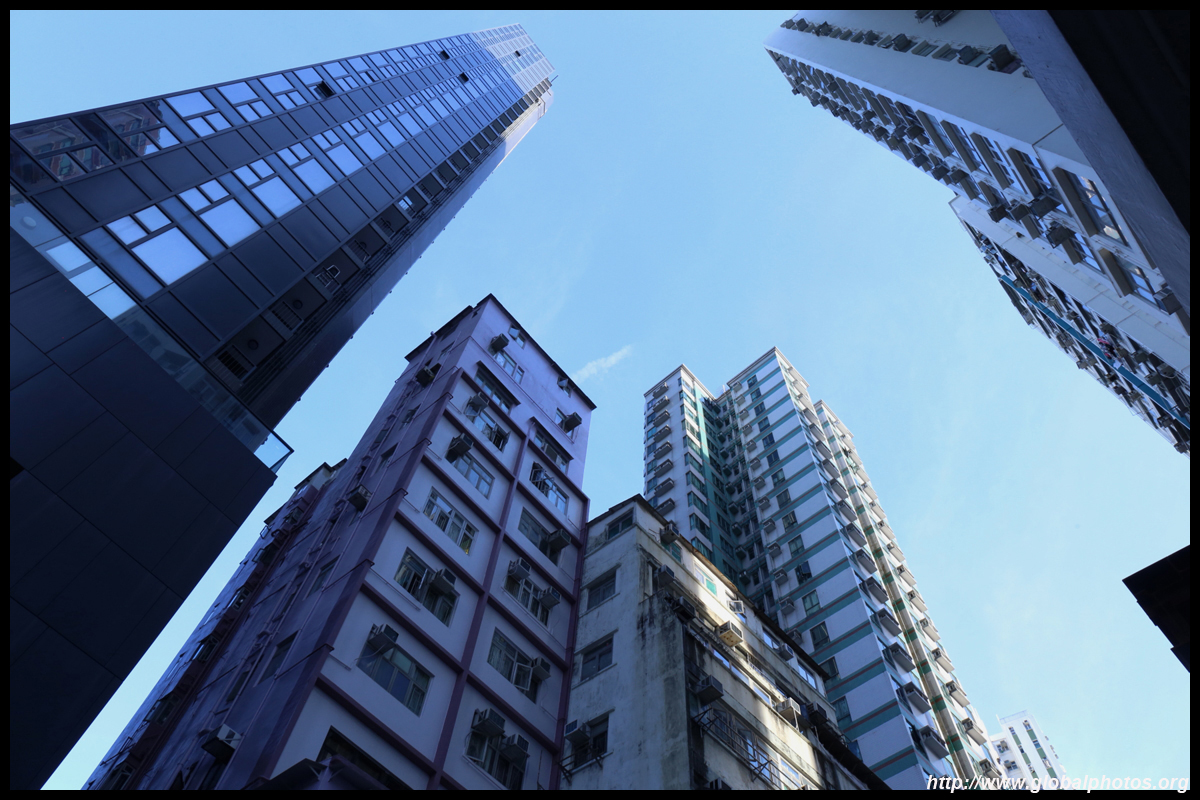
Tin Hau Temple traces its history back to 1873. It was destroyed by a typhoon soon after, but the district was relatively unscathed compared to the rest of the city, which residents attributed to Tin Hau's protection.
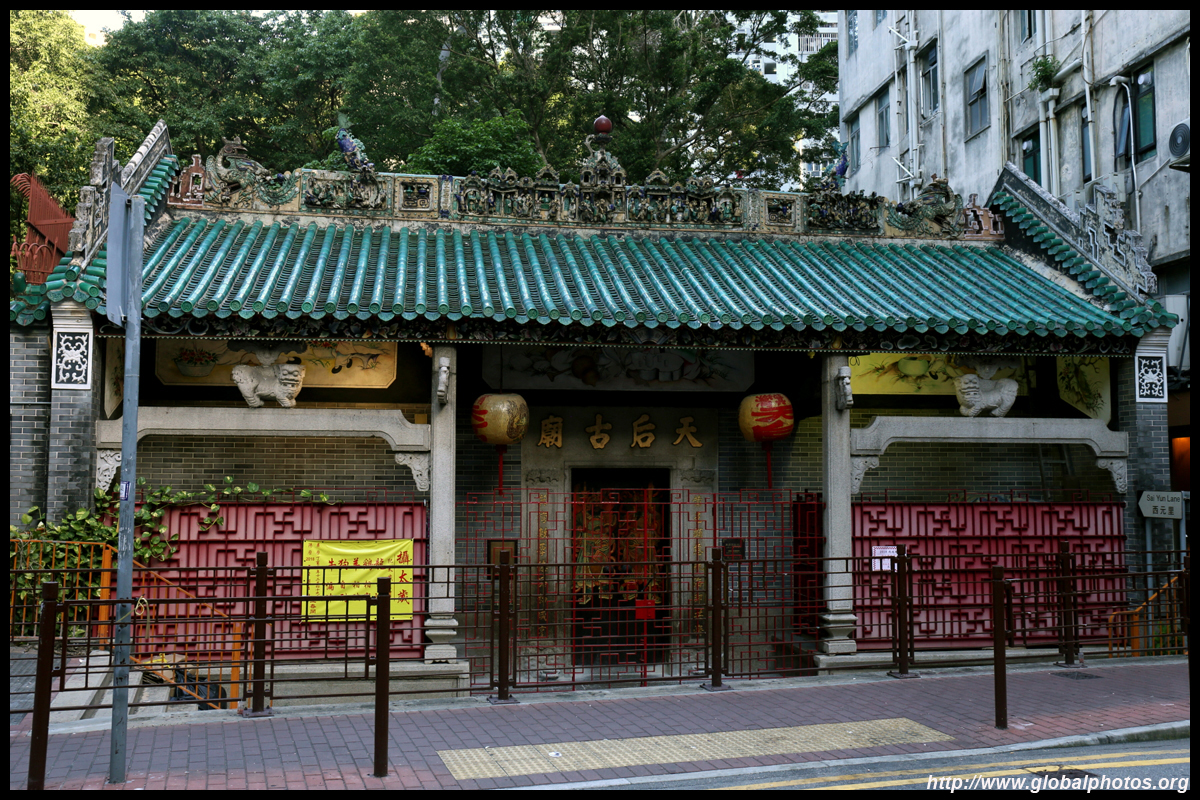
|

|

|

|

|

|

|

|

|

|

|

|

|

|

|

|

|
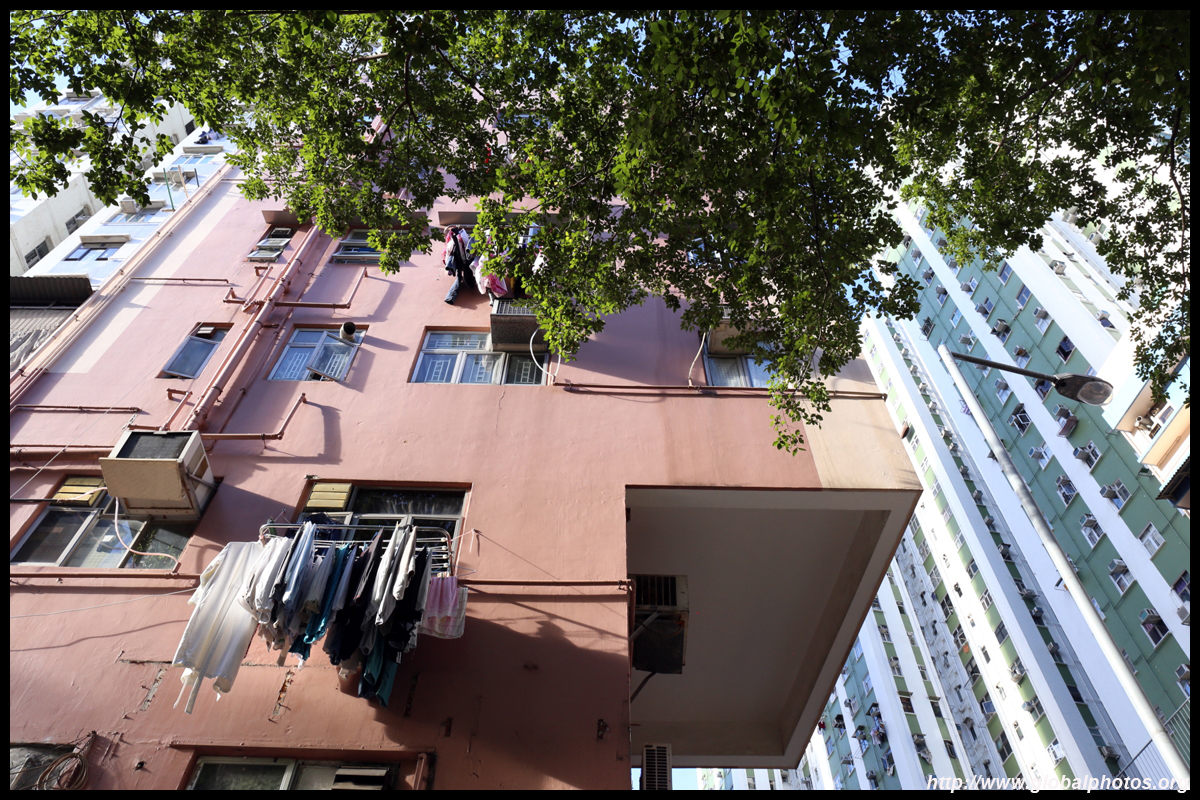
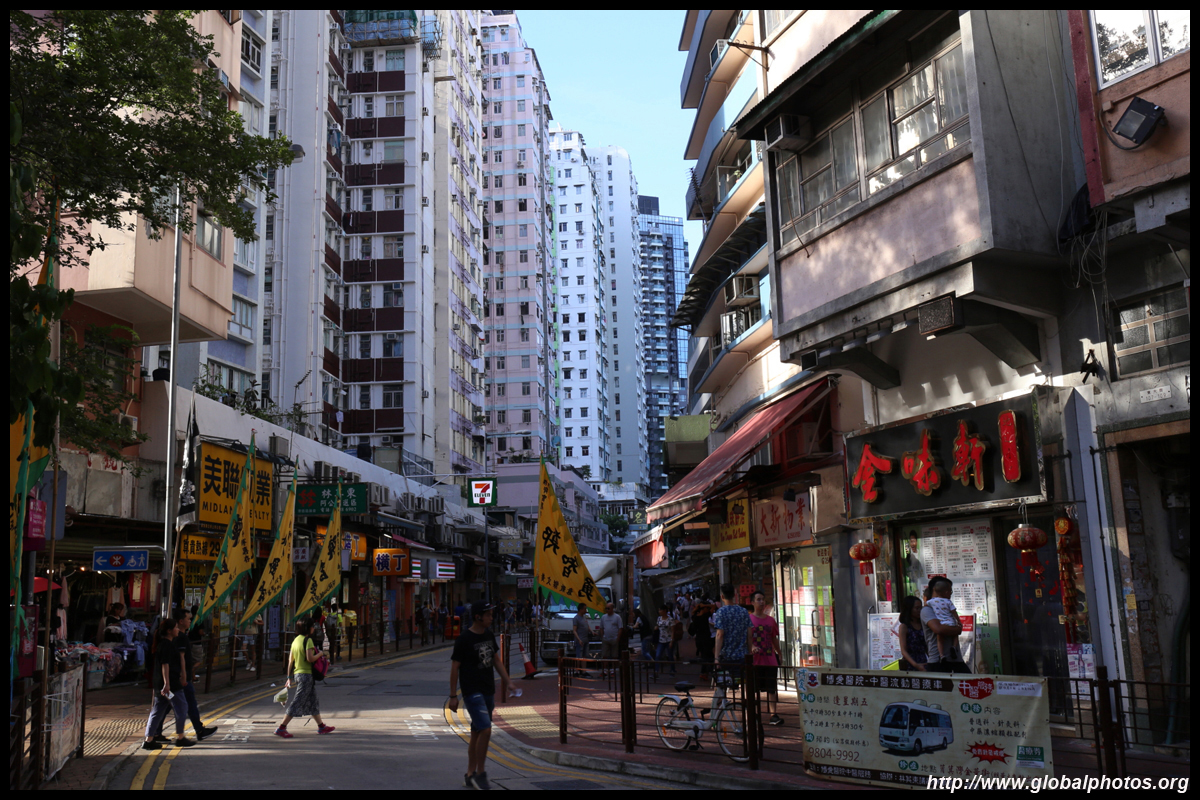
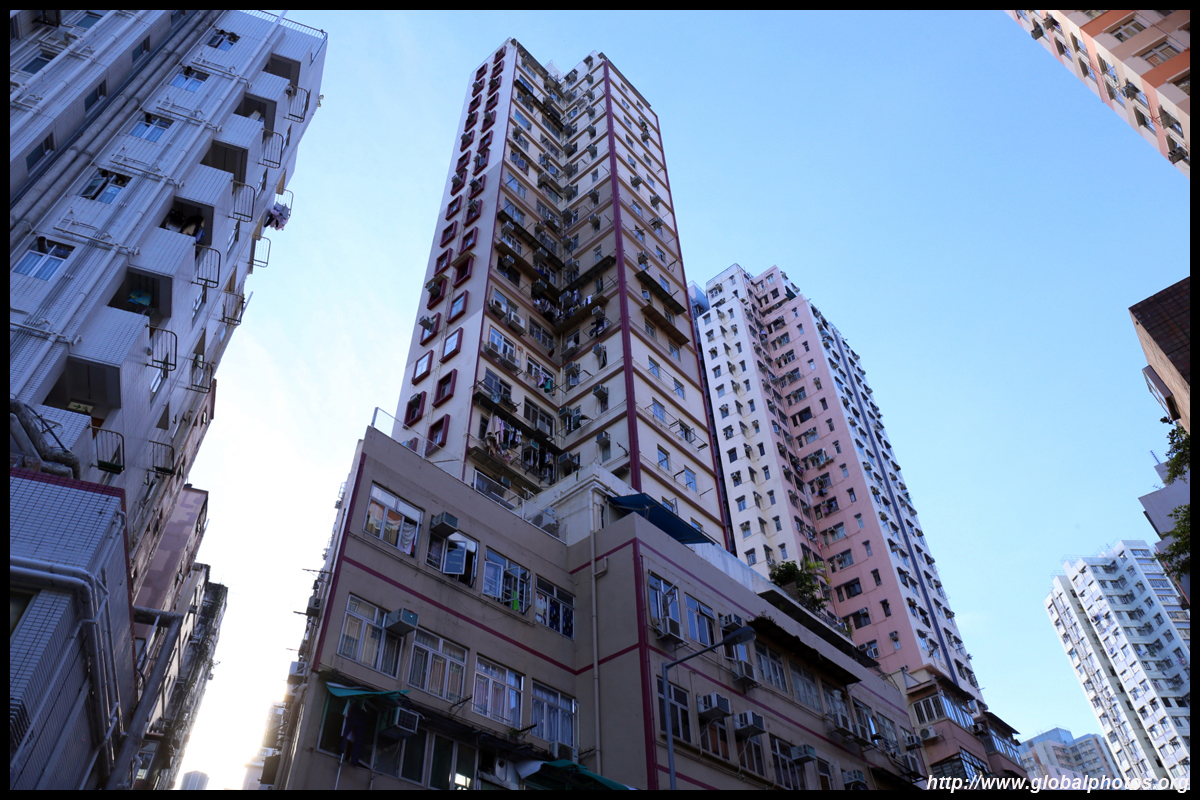
|

|

|

|

|

|

|

|

|

|

|

|

|

|

|

|

|

|

|

|

|
|

|

|
Being an older residential area, there is an outdoor wet market where residents can buy groceries without the luxury of air-conditioning. However, the pace of redevelopment is picking up.

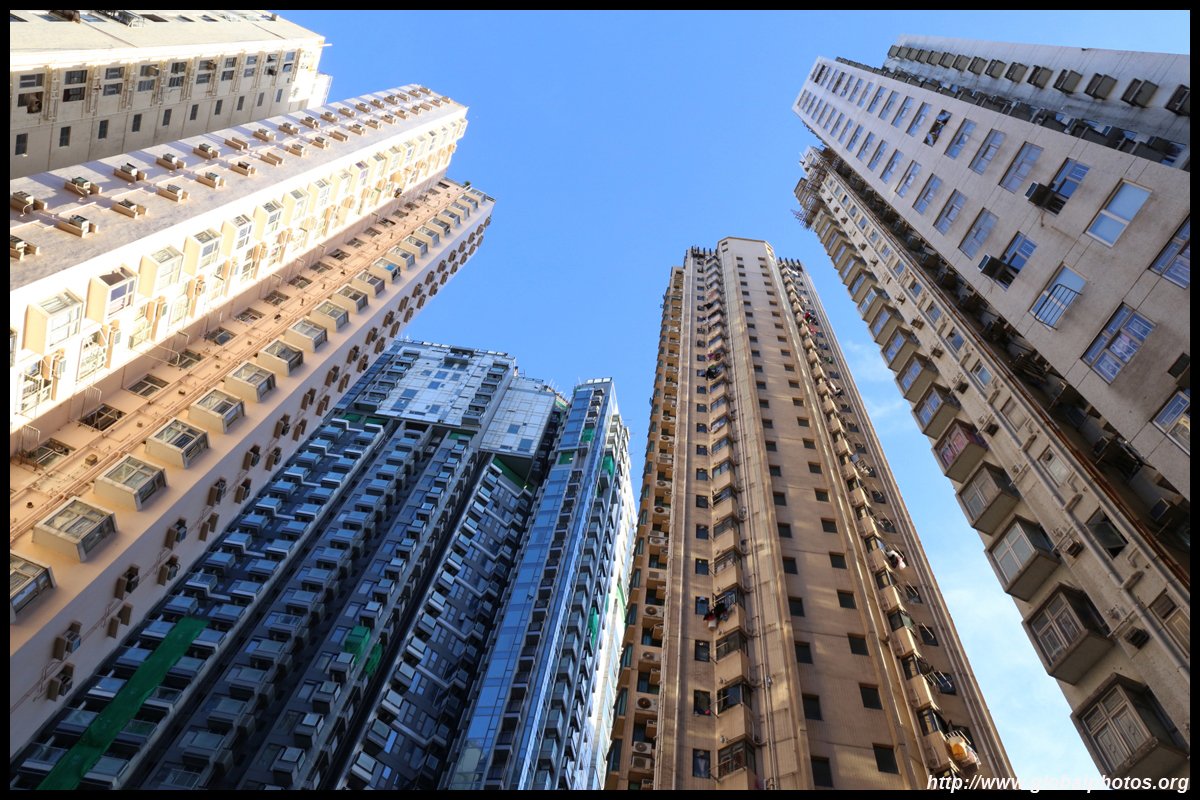
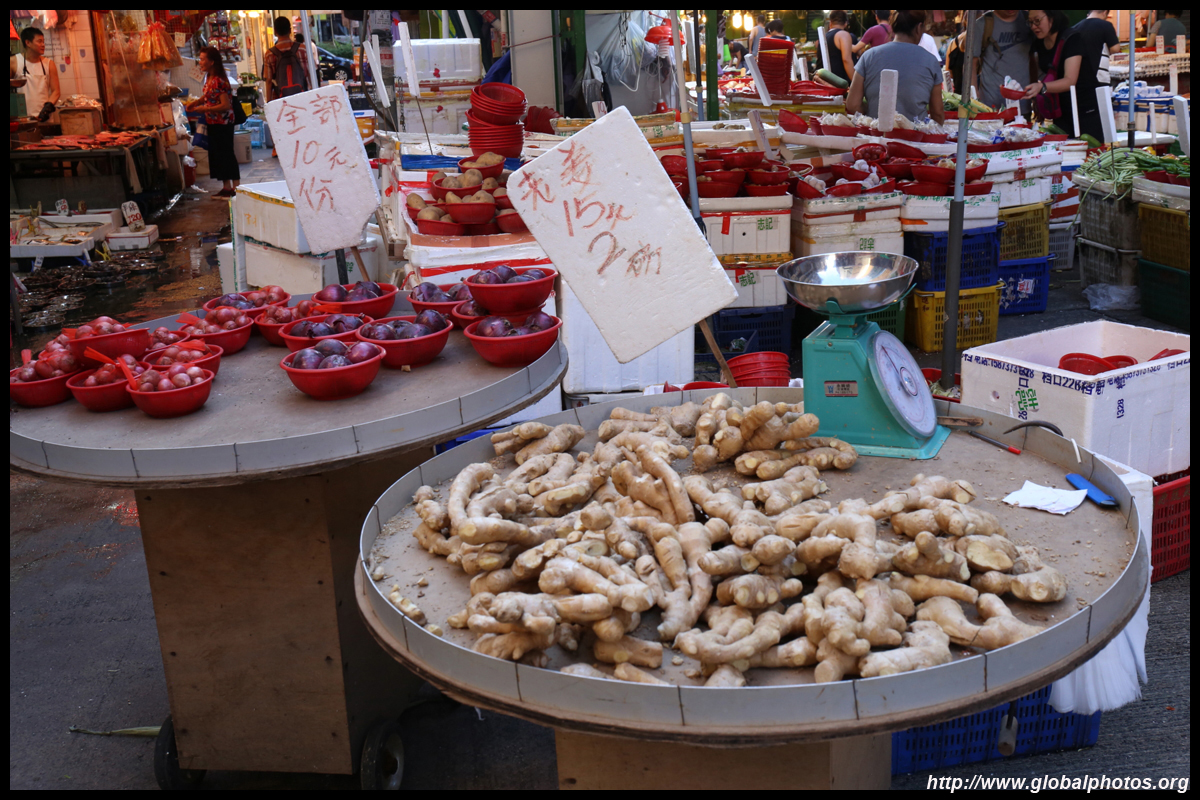
|

|

|

|

|

|

|

|

|

|

|

|

|
The Museum of Coastal Defence is located on the former Lei Yue Mun Fort, which was built by the British from 1885-7 to guard the eastern entrance to the harbour, fearing attacks by France and Russia. The defences were never put to the test until World War II, when the fort fell to Japanese hands on December 19, 1941.

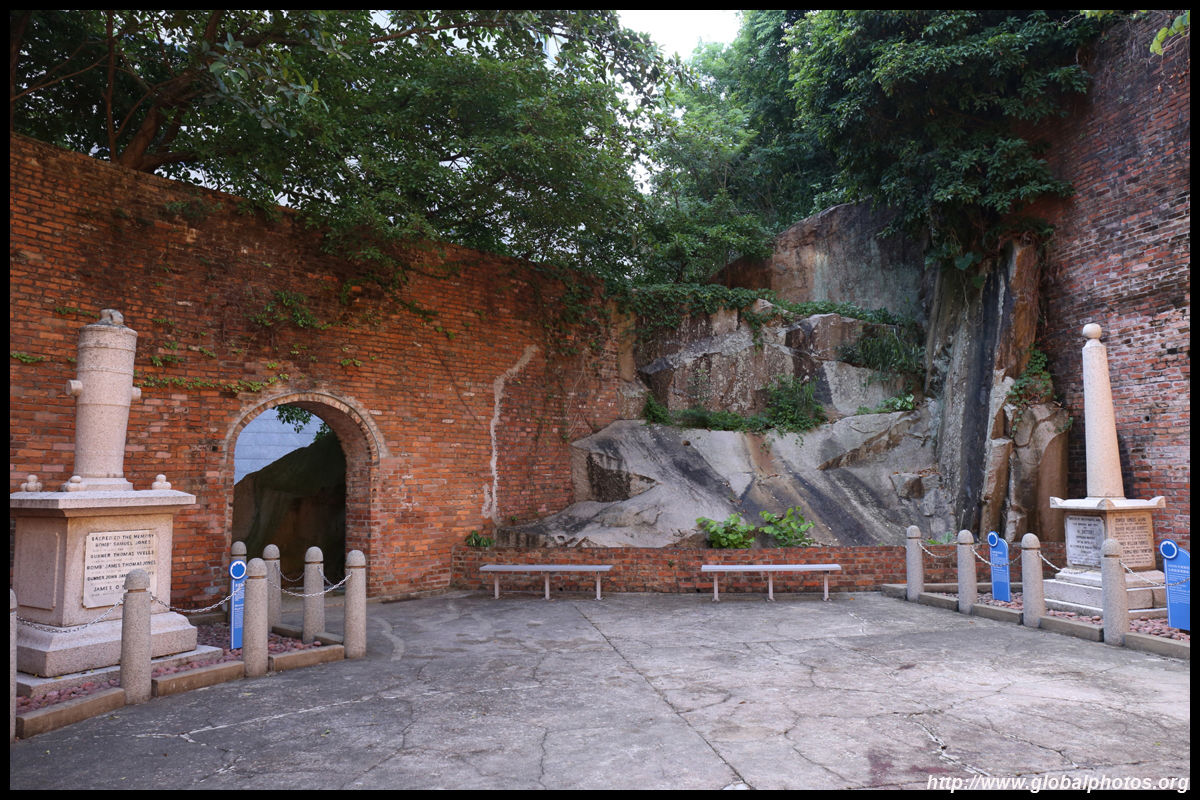
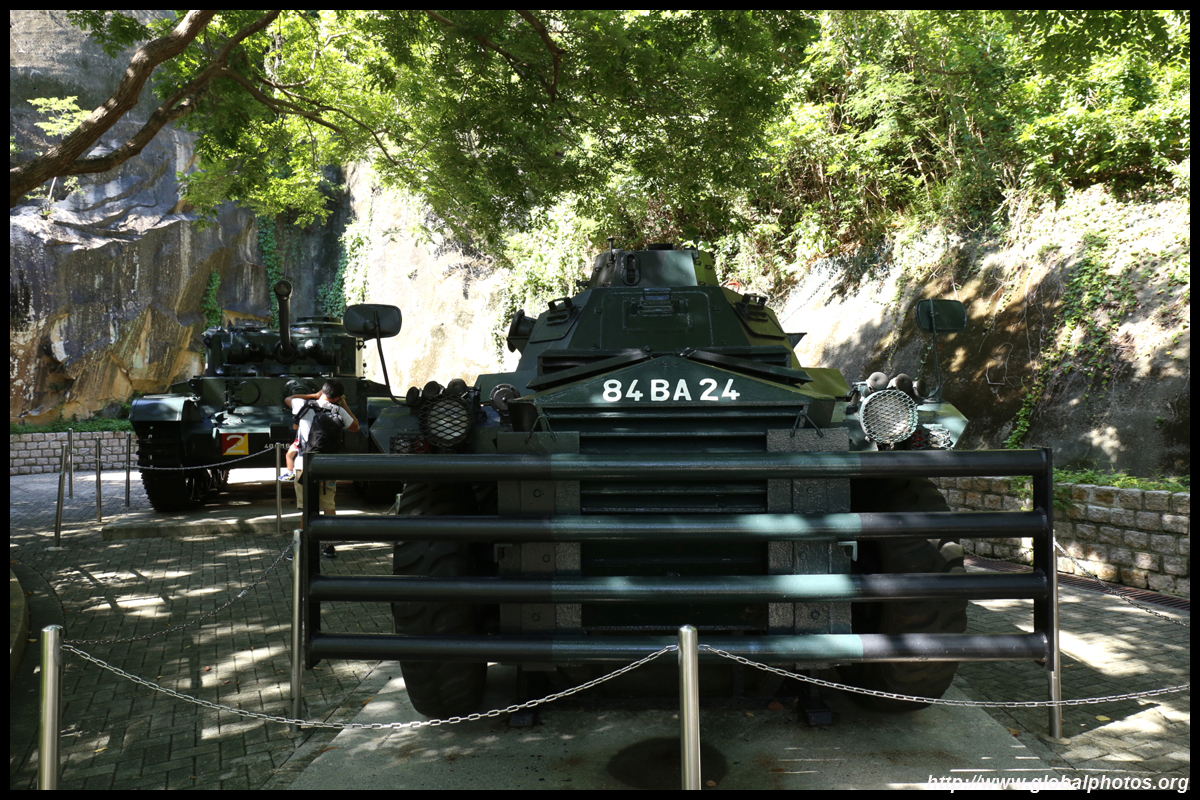
|

|

|

|

|

|

|

|

|

|

|

|

|

|

|

|

|
The main exhibition area is located on top of the hill, which can be accessed by elevator. From that height, the harbour views are quite good.

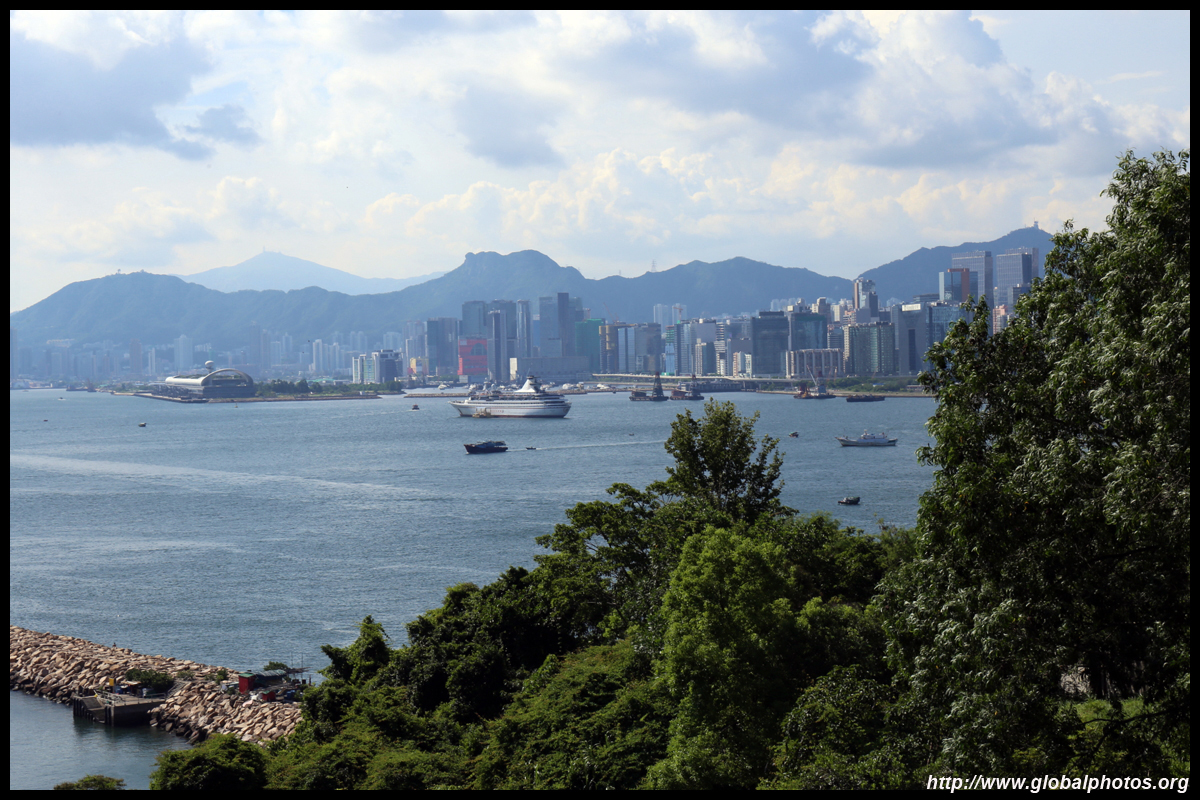
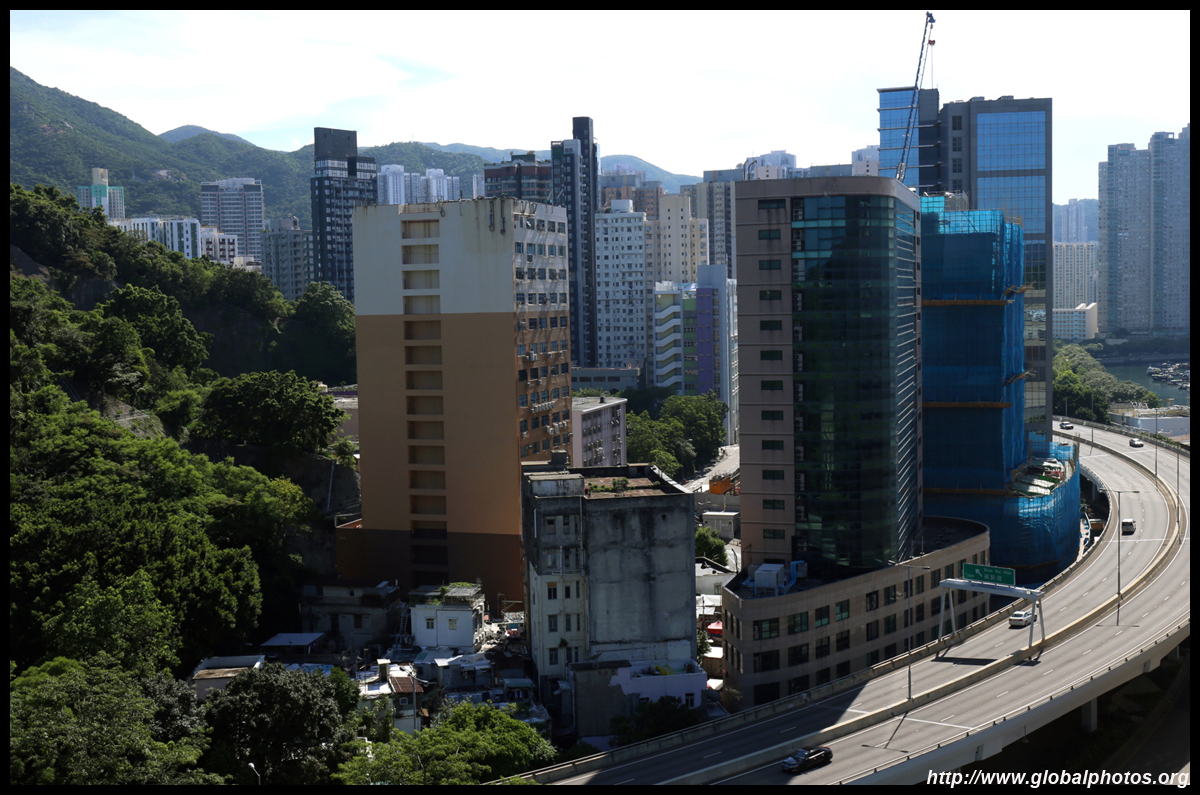
|

|

|

|

|

|

|

|

|

|

|

|

|

|

|

|

|
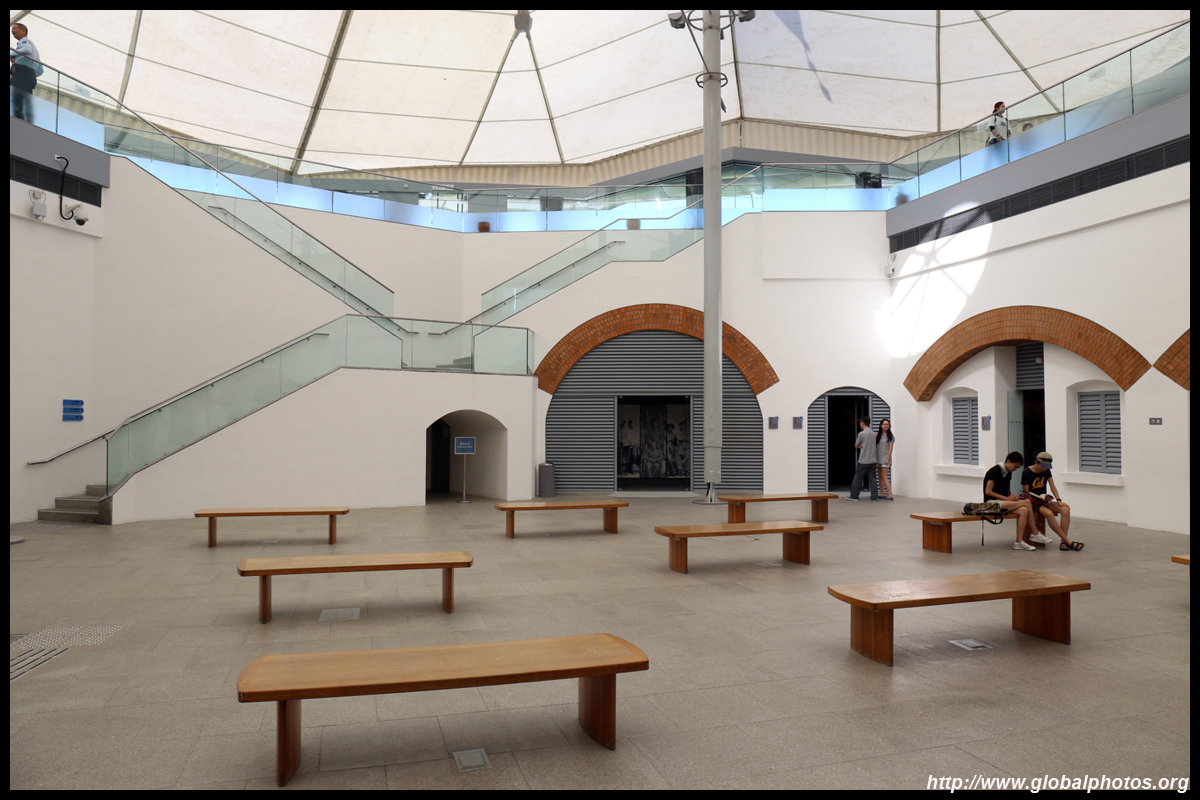
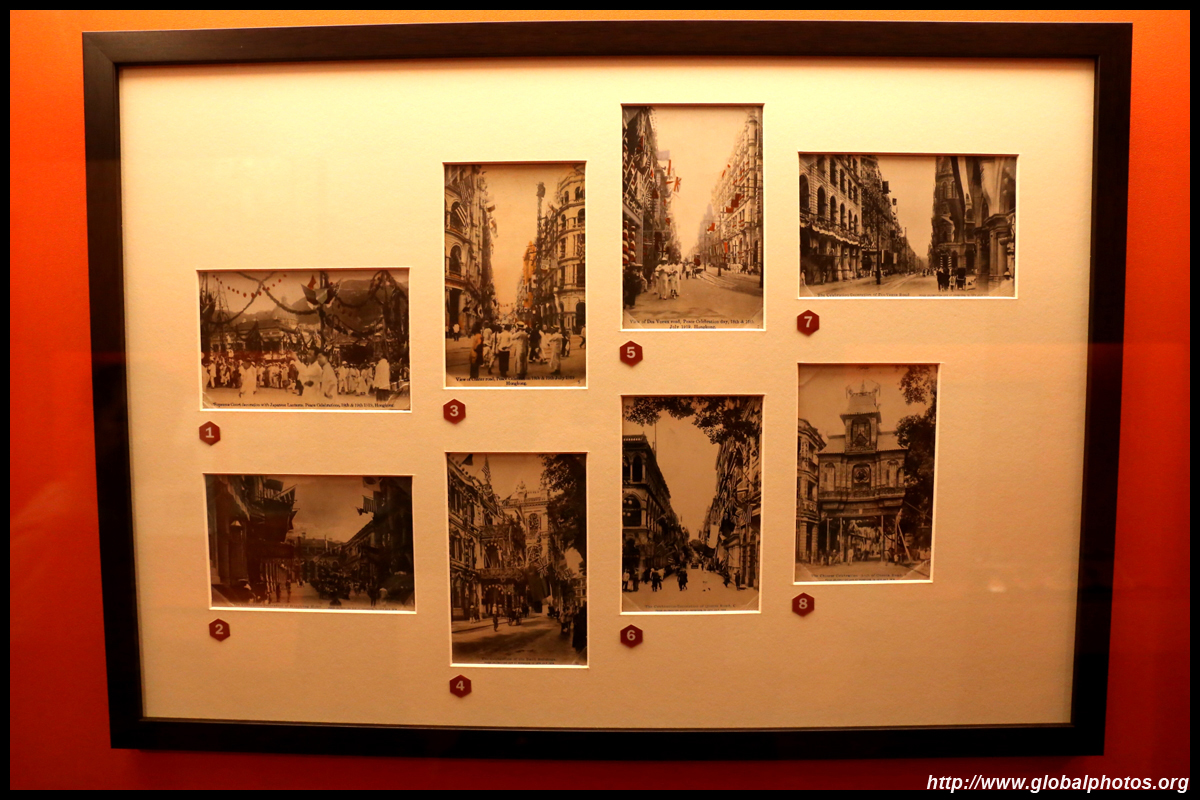
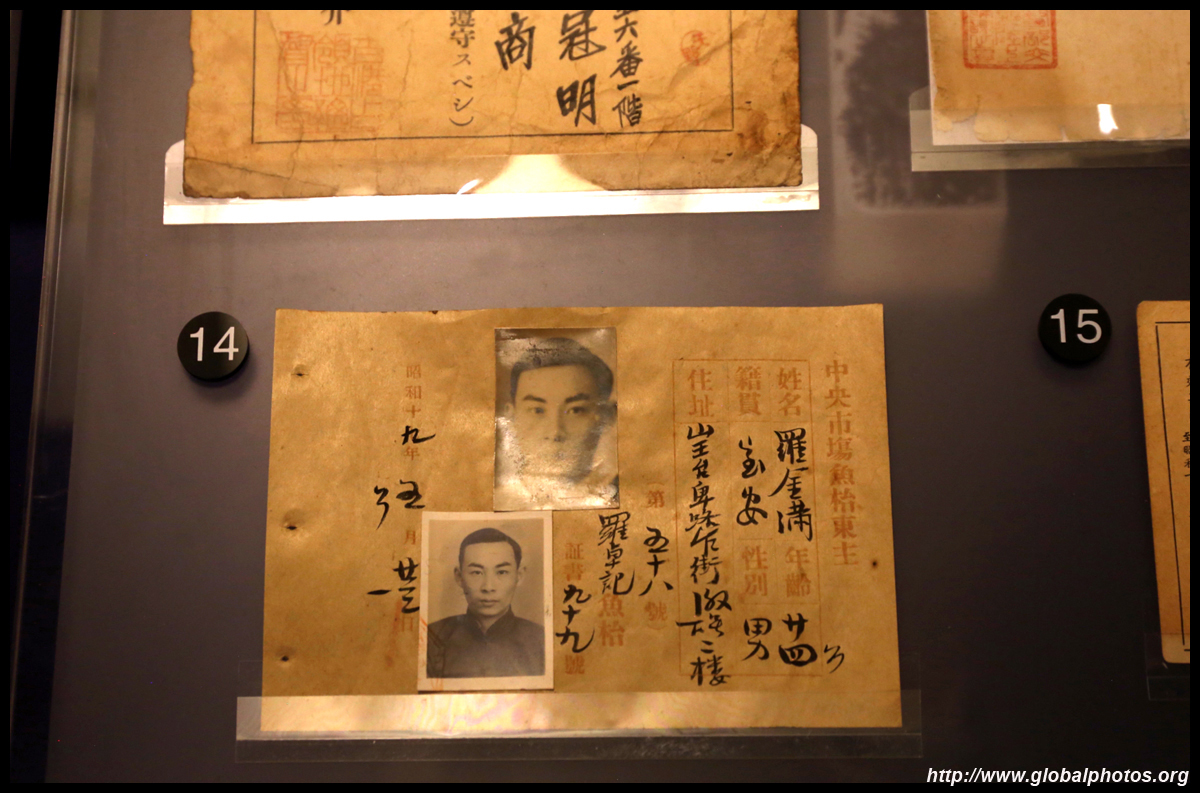
|

|

|

|

|

|

|

|

|

|

|

|

|
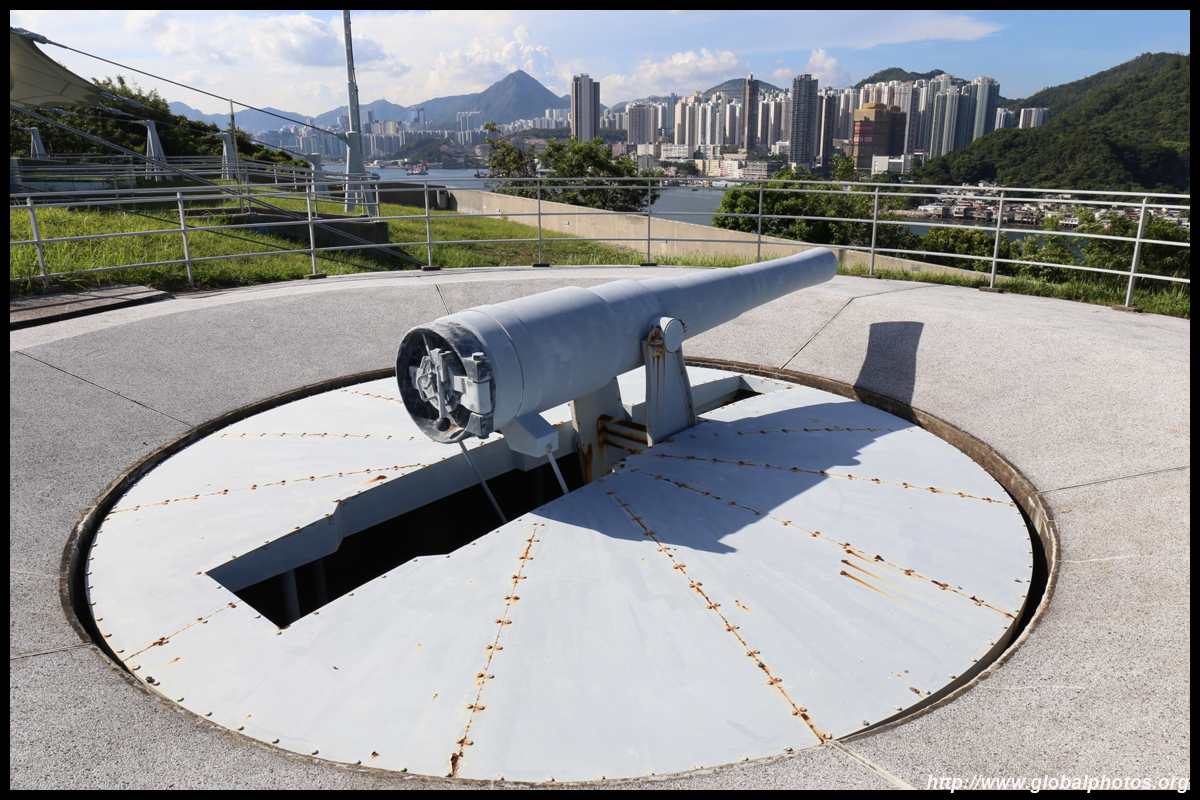
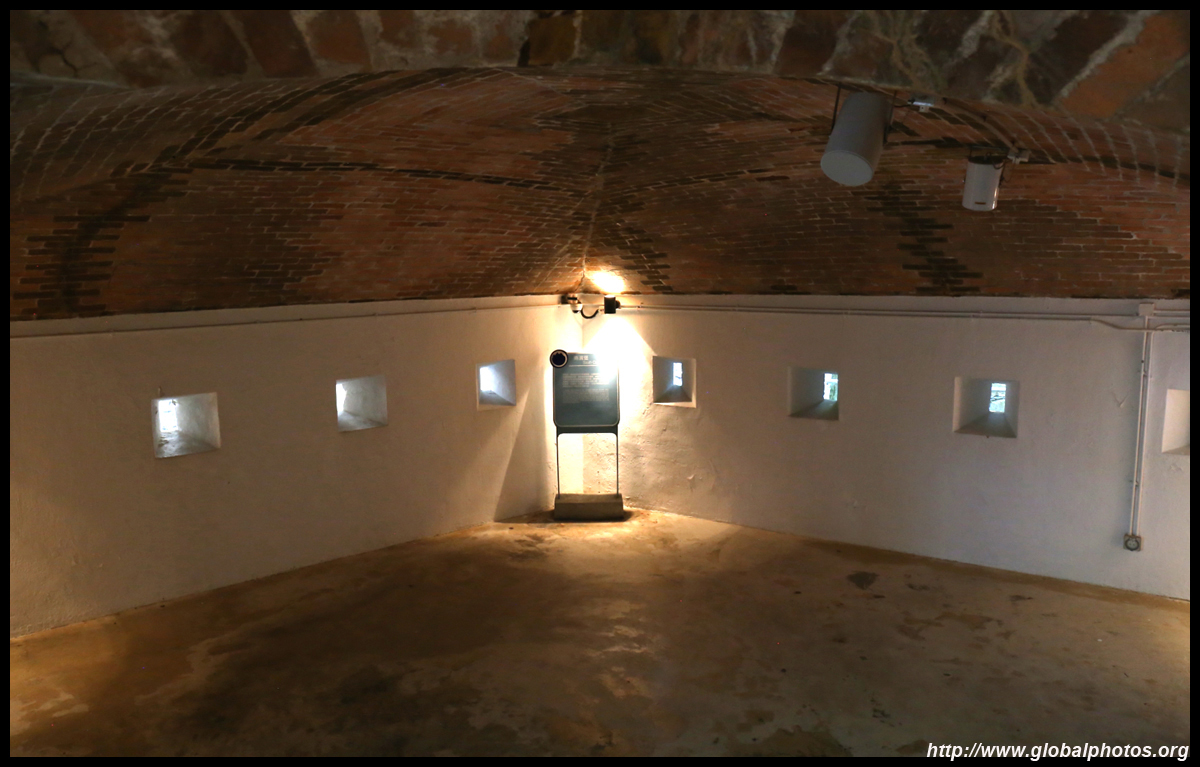
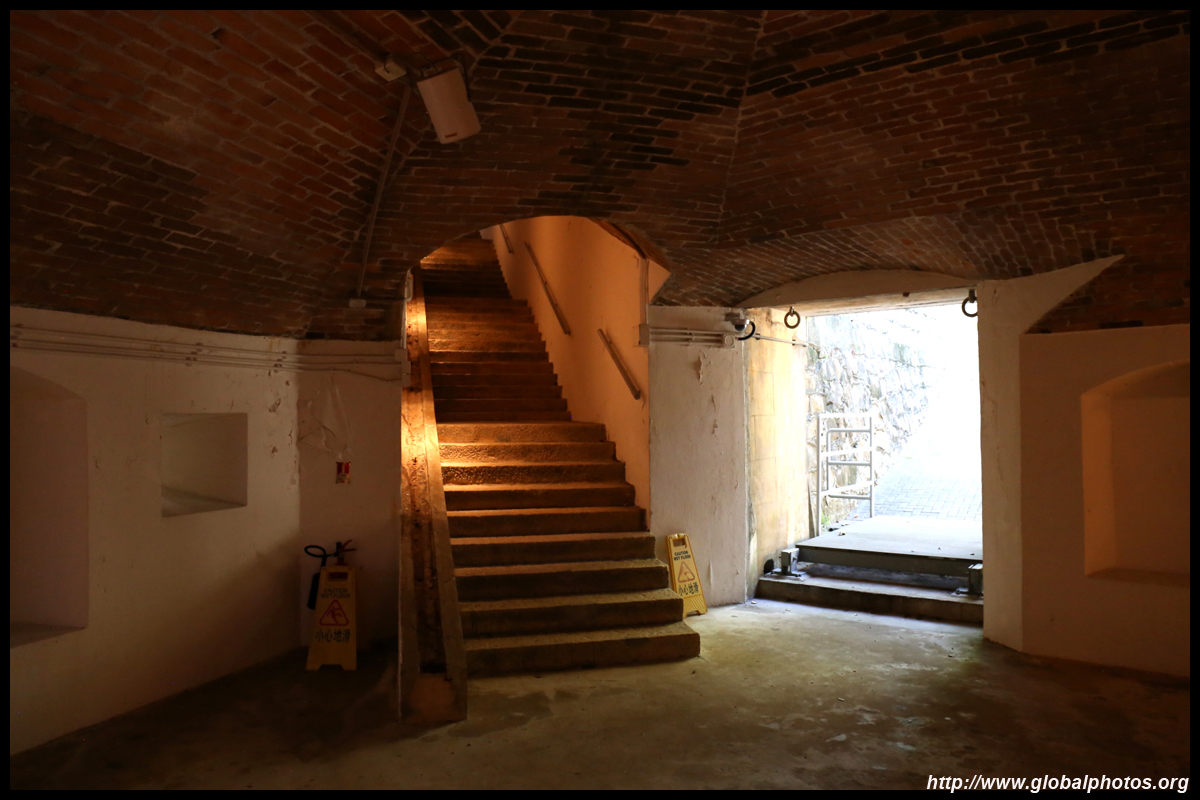
|
|

|

|

|

|

|

|

|

|

|

|

|

|

|

|

|

|

|

|

|

|

|

|

|

|

|

|
The military facility sprawls along the hillside. This is a large freshwater tank.
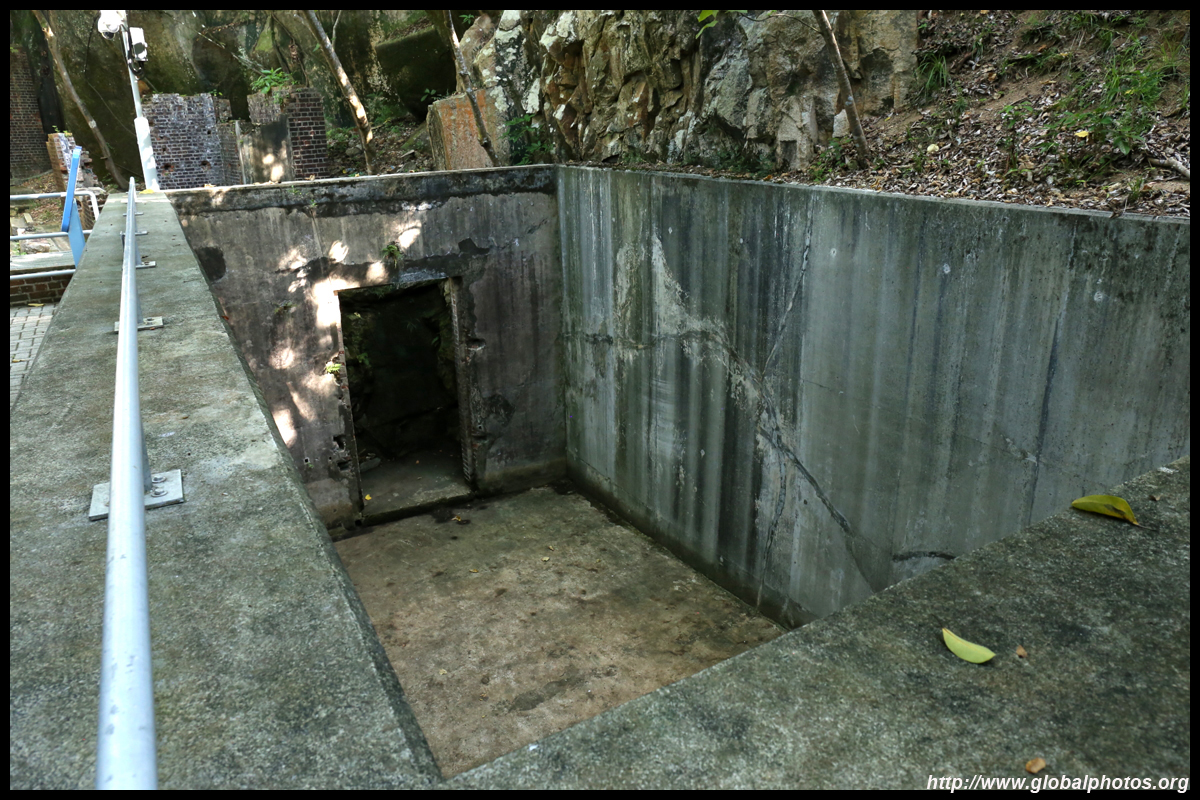
Lubricant was stored in these containers.
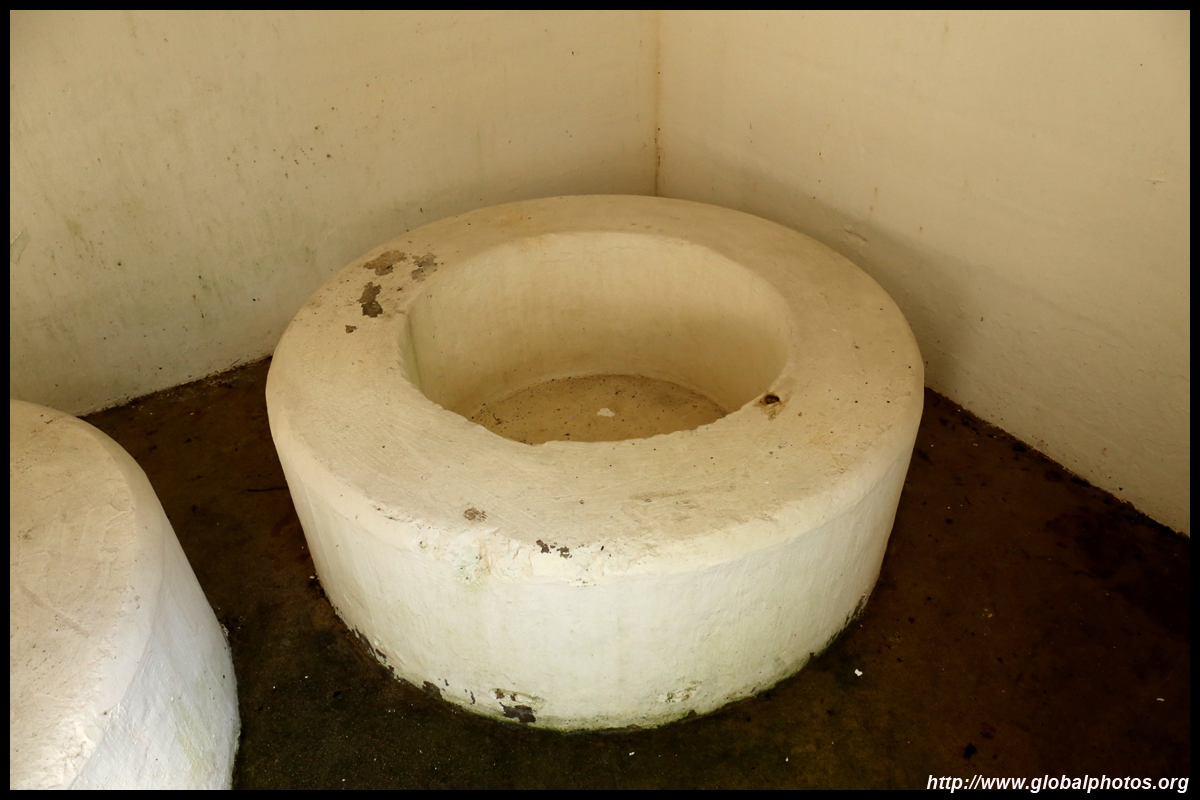
|

|

|

|

|
Further downhill by the water, the Brennan Torpedo station is carved into the hill and hidden from the harbour. Built between 1892-4, the torpedo is named after Louis Brennan, an Irish engineer. Luckily, no torpedo was ever fired in anger out of here.
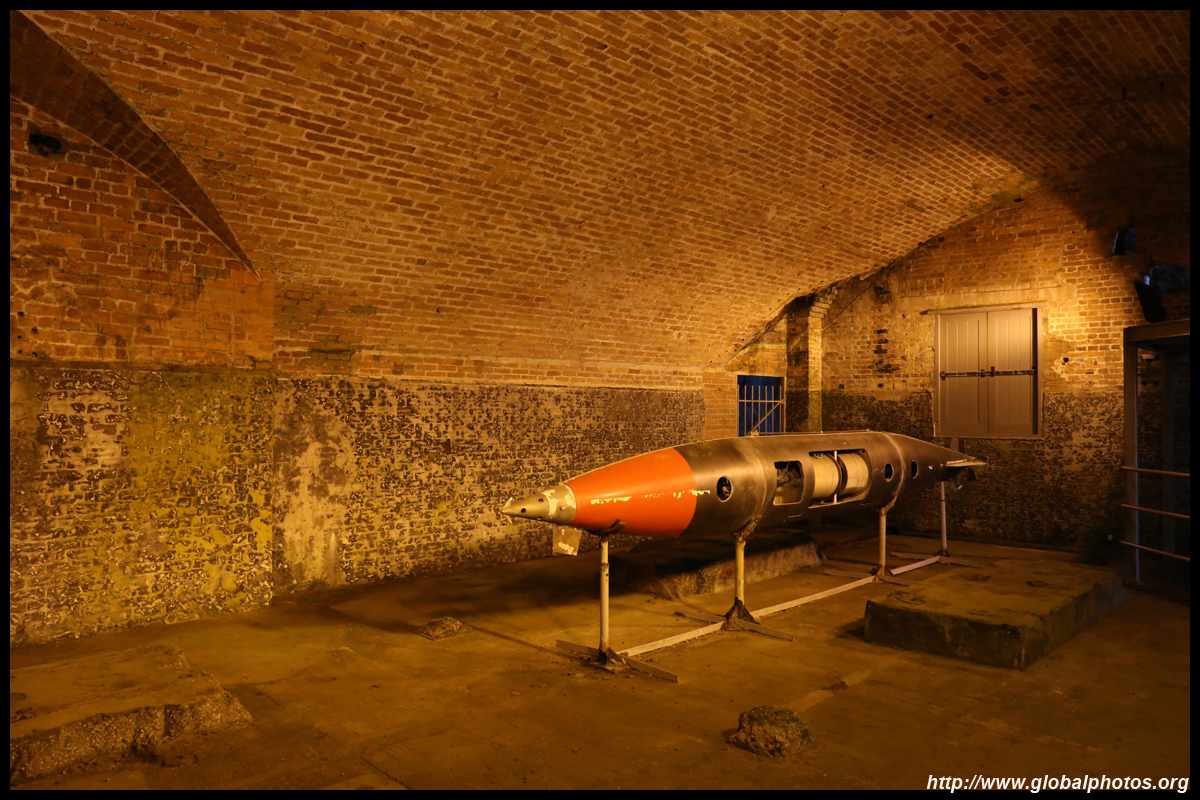
|
Outside the torpedo station, the waterfront promenade offers lovely views of east Kowloon.
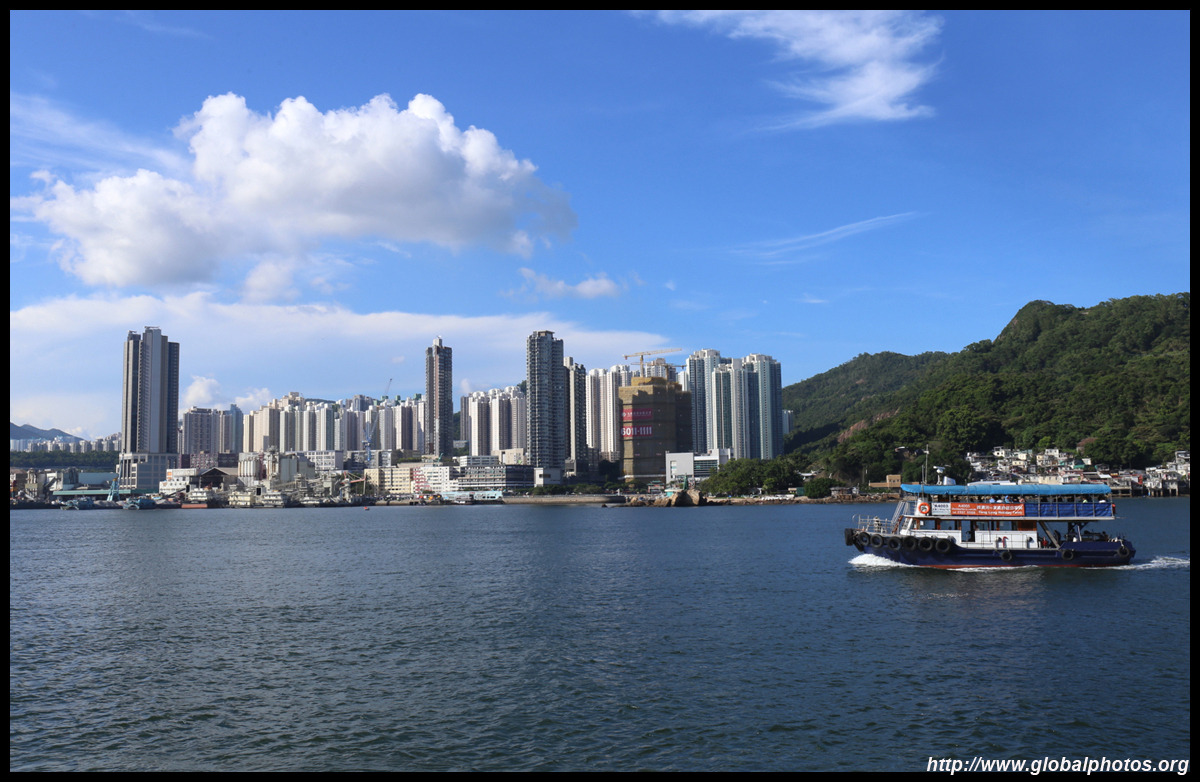
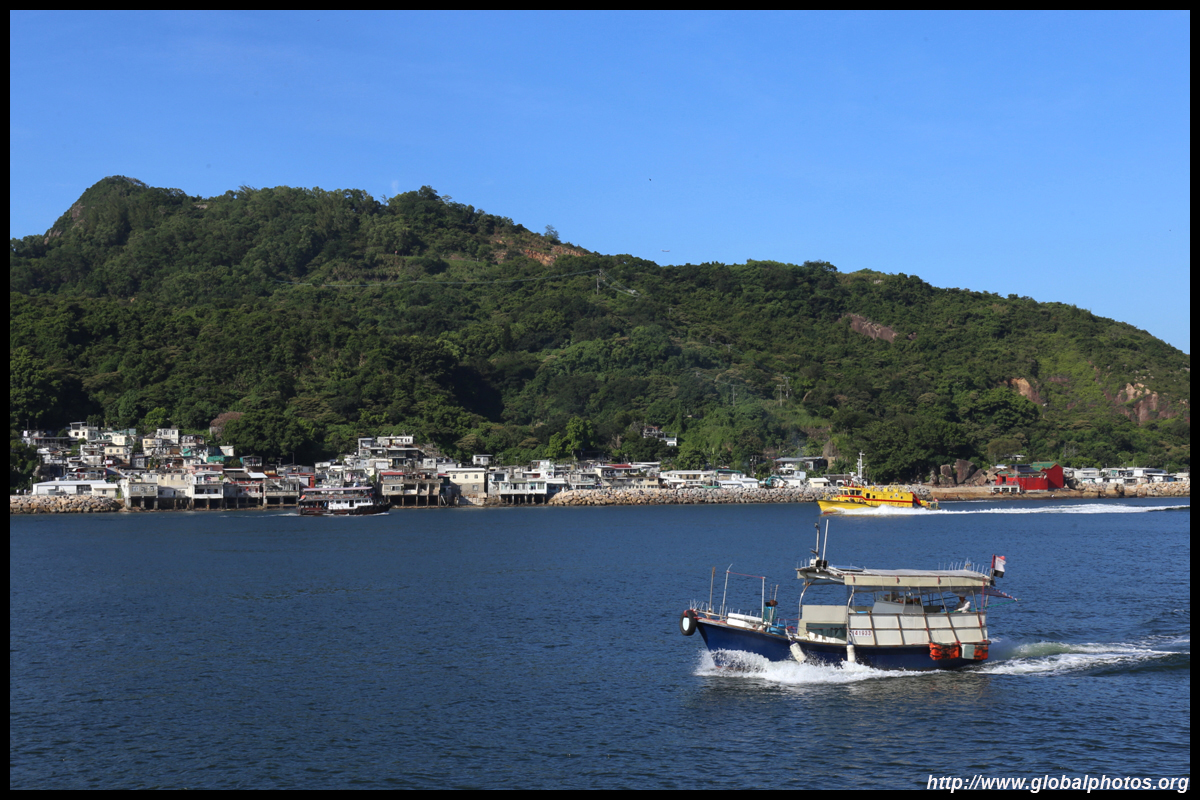
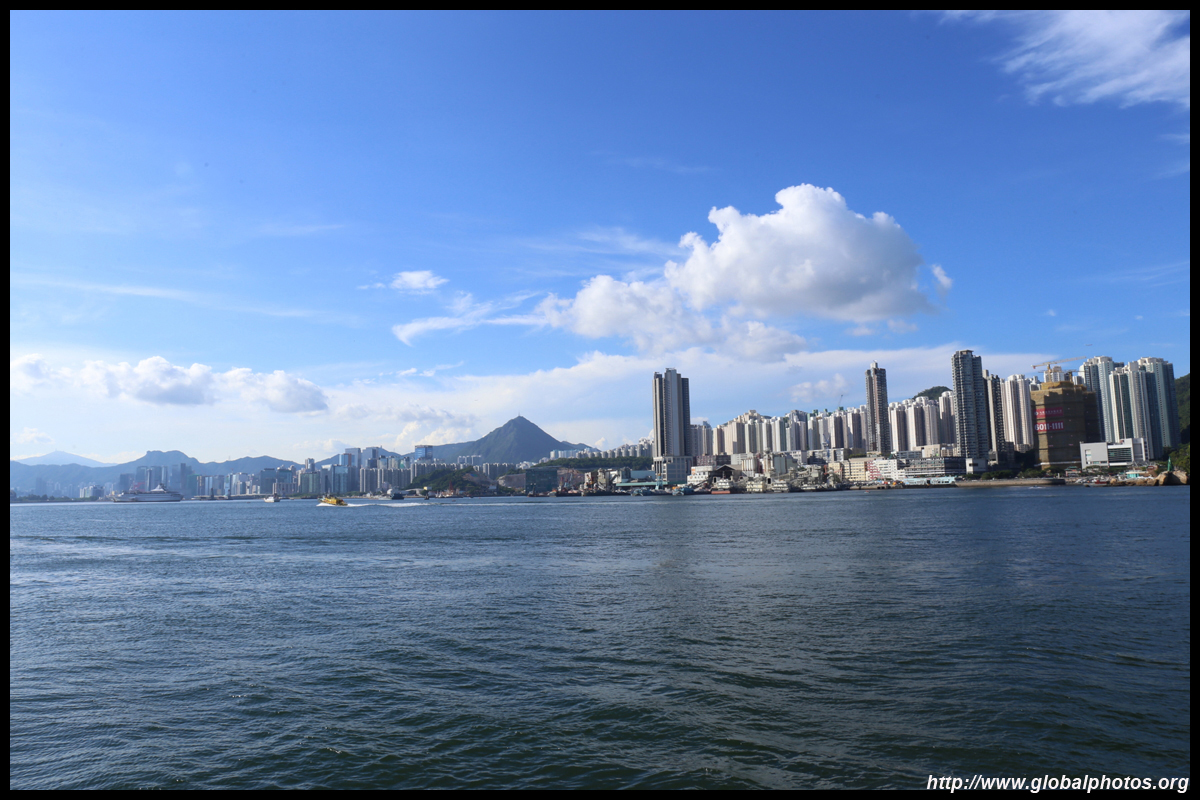
|

|

|

|

|

|

|

|

|

|

|

|

|
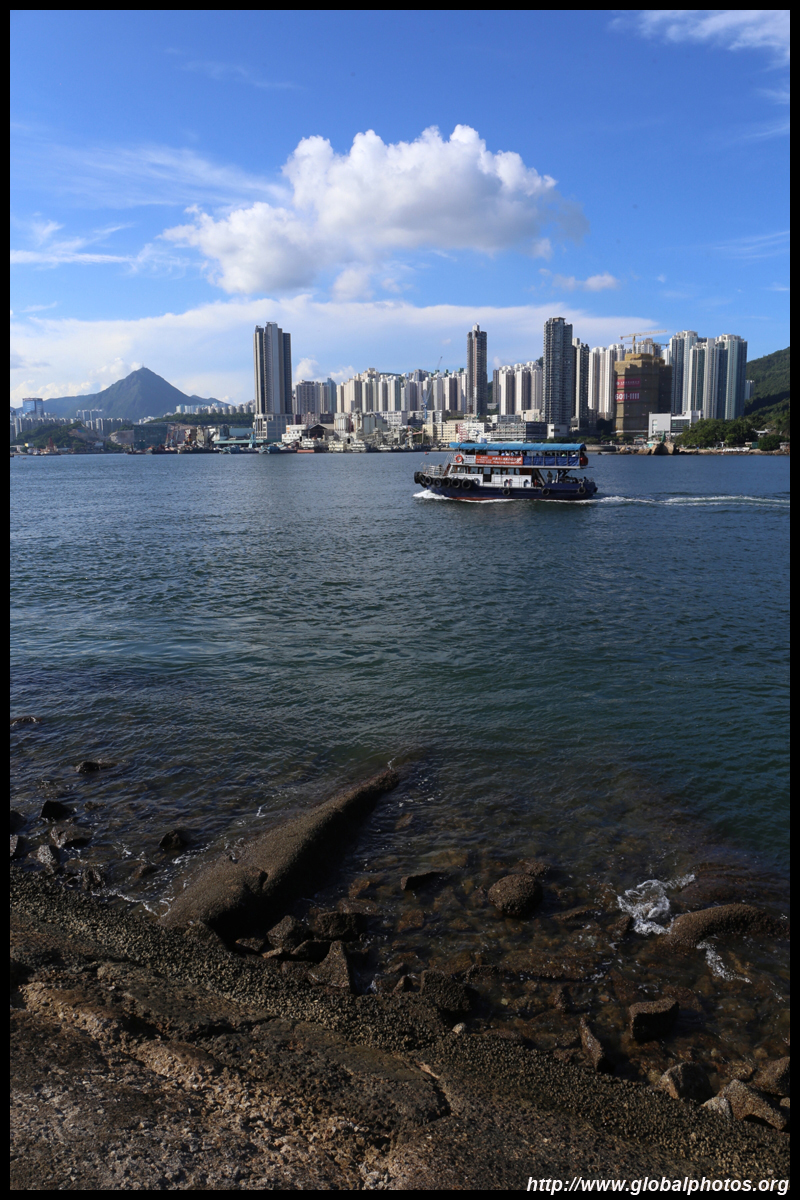
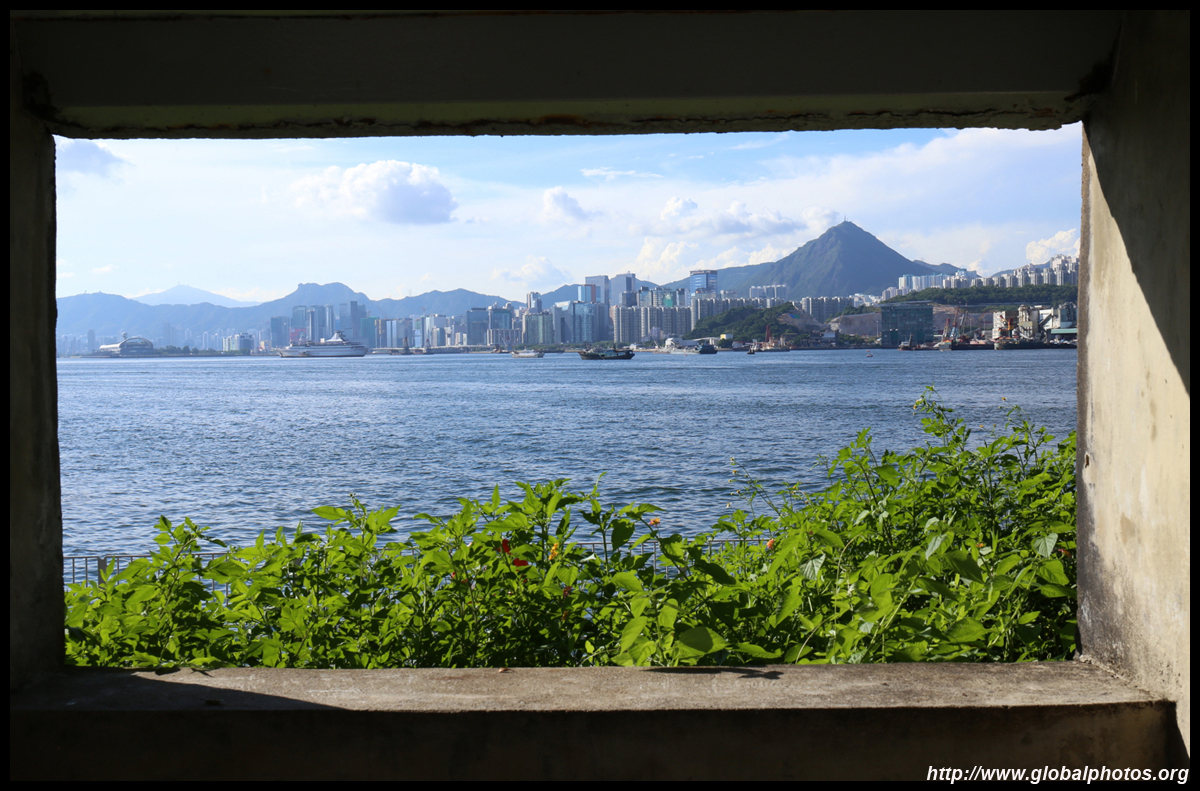
|

|

|

|

|

|

|

|

|

|

|

|

|

|

|

|

|
Today, the typhoon shelter remains bustling next to the museum, and the waterfront still has old lowrises related to the fishing industry, and a few more ugly industrial buildings beyond.
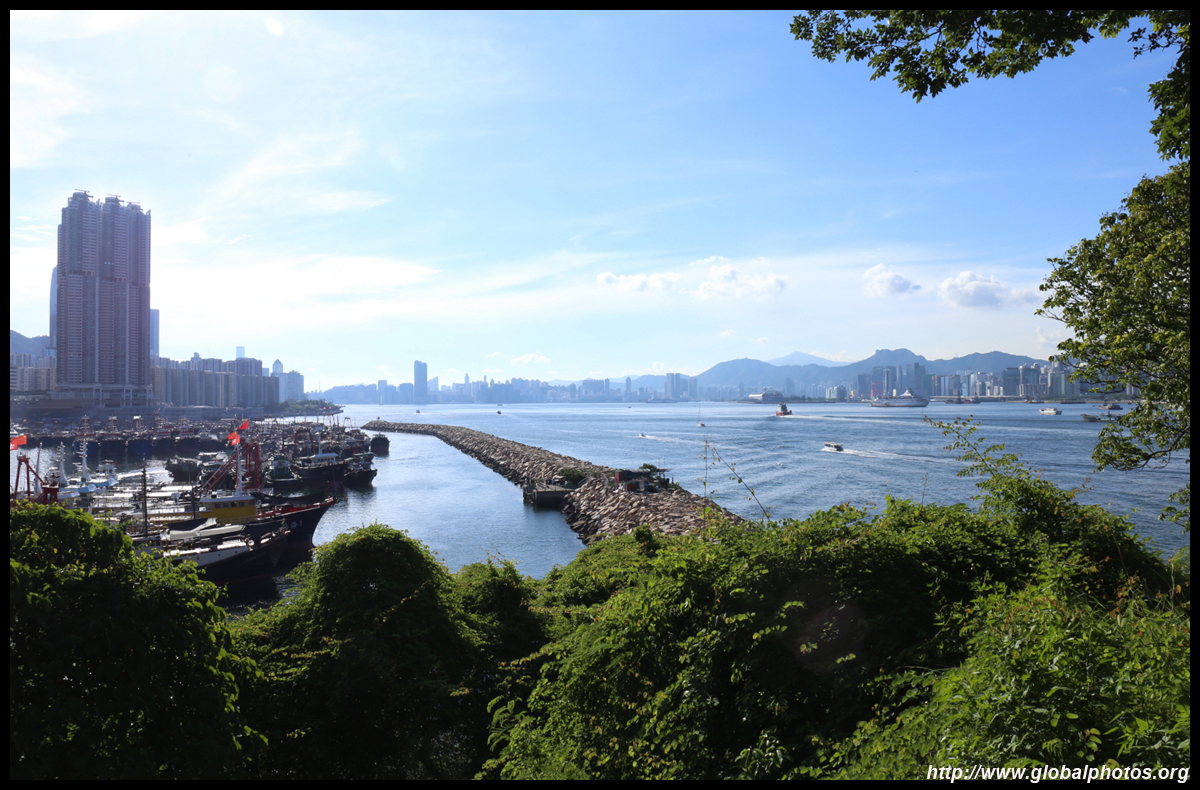
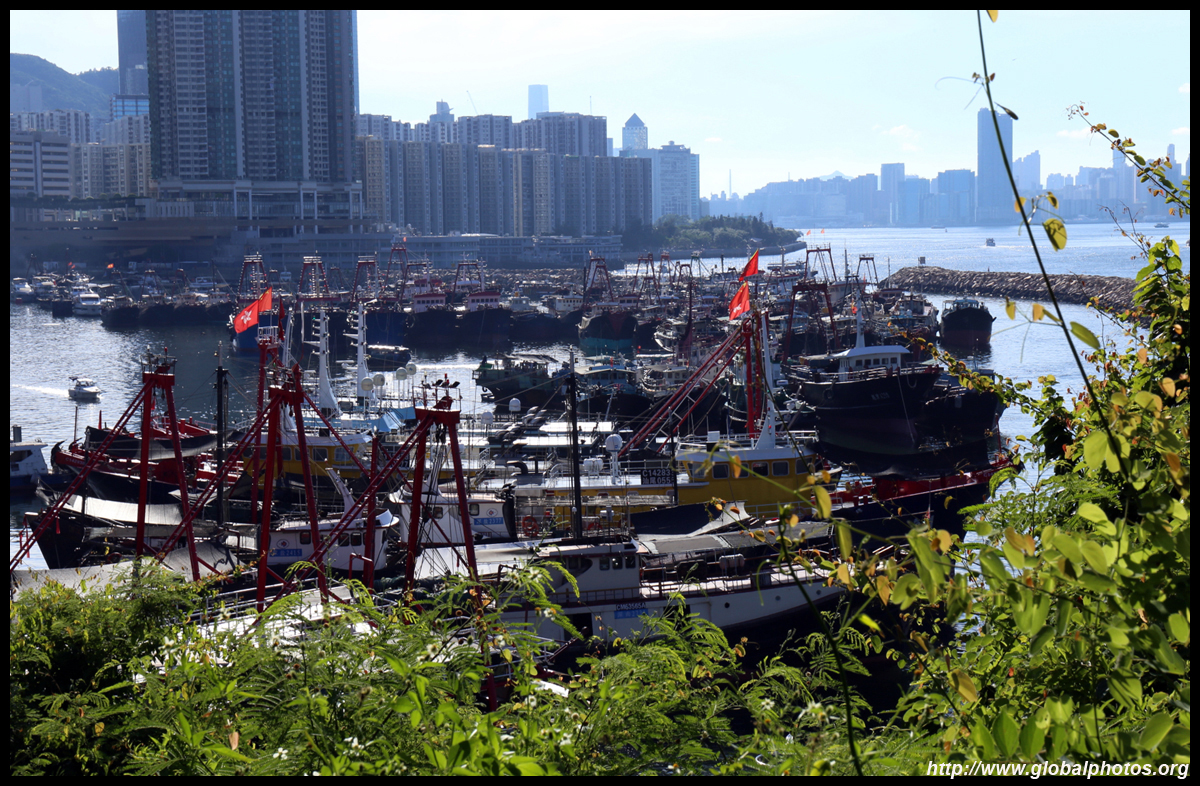
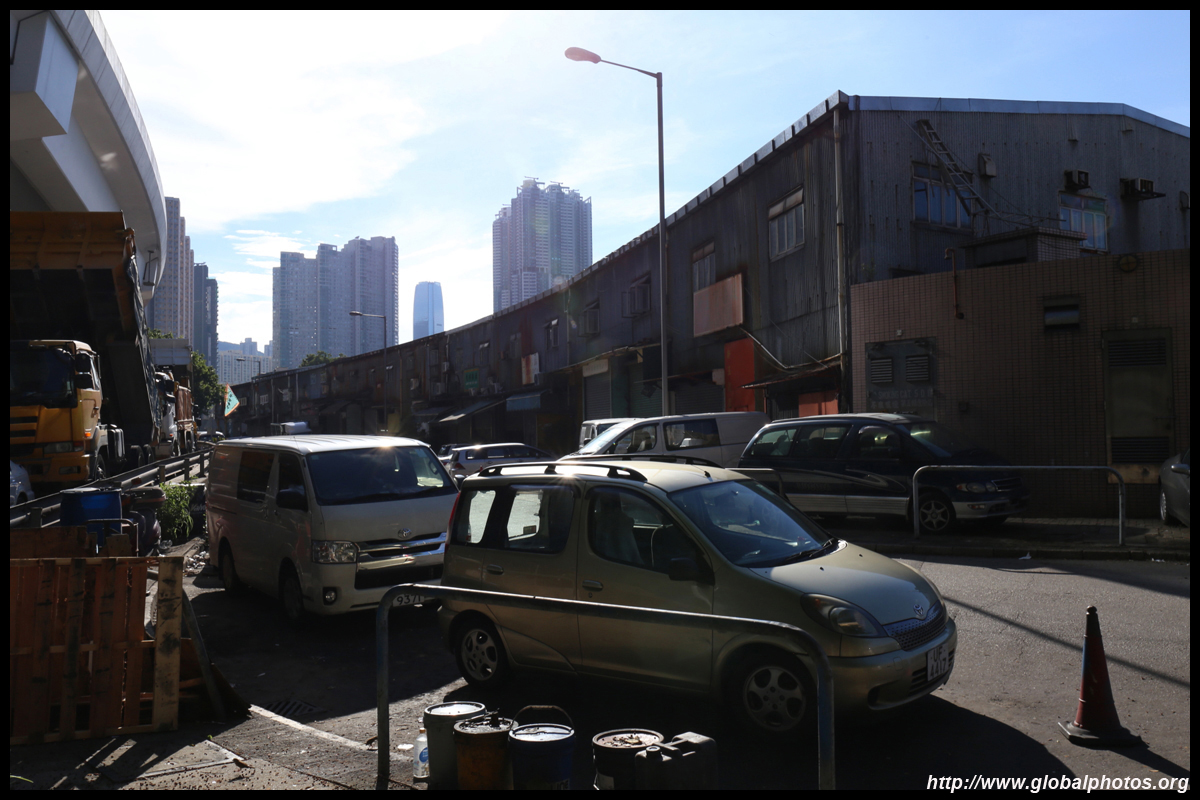
|

|

|

|

|

|

|

|

